I knew I saw baskets, but the sheer numbers made it hard to comprehend what I had seen. It wasn't until I started working at the Museum and started learning more about the collections that I began to see the things that made not only different types of baskets different from one another, but recognizing individual baskets. I've come to a much greater appreciation and understanding of the baskets through learning more about them and their regional importance. Of course, there's always more to learn about them, their makers, and the context of their creation and use.
Baby Baskets
| Baby baskets are probably one of the most recognizable baskets in the collection due to their open weave structure (which also floats in water) , their slipper shape, and lifeline. Children would be tied into the baskets with fabric or furs, and baskets also frequently include an openweave dish that shades the child from the sun. they can be worn in a backpack like fashion for transportation. The lifeline is strip of leather or twine with beads, shells, obsidian, or other materials that goes above the baby to represent who the baby is, protect them, and offer some entertainment for the child while they are in the basket. The basket even includes an option for a disposable diaper- moss goes in the pointed part of the “slipper” for use as a diaper. |
Cooking BasketsThese typically medium sized baskets feature a raised band that goes around the center of the basket and designs that are typically in tan or light brown rather than red or black. They are made with spruce root, which expands when it comes in contact with water, making the baskets virtually waterproof. | Eating BowlsThese bowls resemble the size of modern ceramic bowls, and also feature the strengthening center band from cooking baskets. |
Storage Baskets
| These can range in size, much like how plastic tubs used for storage today range in size. The largest storage baskets may be 3 feet tall and 2-3 feet wide to hold acorns for storage or large items, while smaller ones may be around a a foot wide and a foot tall. Patterns and colors vary, but tend to be a bit more plain. |
Hopper Baskets
Flour Trays
Gambling Trays
Tobacco Baskets
| Tobacco baskets can be identified quickly- they are usually egg or teardrop shape with a lid that ties on usually with leather straps. Designs can vary greatly. They are usually one of two sizes, small or large. Traditionally, small baskets were for carrying tobacco on the go and larger ones were for tobacco storage at home. The tobacco cultivated in this region is not the same as tobacco cultivated on the East Coast, it is a local variety. |
Trinket Baskets
| The term trinket basket covers a wide swath of sizes and designs of baskets. Structurally, they generally lack the strengthening band that appears on eating bowls and cooking baskets. The designs are usually more elaborate, can include innovative elements, and are sometimes not even circular but oval. They oftentimes include black work made from maidenhair fern, bear grass dyed with alder bark, or porcupine quills dyed with wolf moss. Some include open weave elements, lids or handles, especially on post-contact baskets. |
Caps
| Basket Caps are frequently mistaken for overturned bowls- however they lack the strengthening band at the center of the basket but oftentimes have one near the lower rim. Design work is featured on the top, middle section, and lower sections of caps (particularly for fancy caps) while some caps are plain (like work caps). Fancy caps include detailed design work, and sometimes feature dentalium shells, beads, or woodpecker scalps. Some weavers interviewed in the 1980s said that porcupine quills dyed yellow with wolf moss were used for weddings, but that might not hold true for all weavers, families, or villages. Some work caps in the Clarke collection were made with spruce root that would swell when it came into contact with water, allowing the cap to be used to hold water. |
Miniature Baskets
Carrying Baskets
| Carrying baskets can be identified a few ways. They are open weave- made of sticks and open- you can see through them. They can be circular and tall or circular and short with handles, some are cone shaped and include a leather strap worn on the forehead. They are used in the collection of acorns, carrying supplies like firewood, and transporting other items. |
Wall Mats
Medallions
Post-Contact Basketry Work
| Basketry made post contact continues to use traditional designs, innovative weaving patterns, and baskets woven for the trade. This kind of work includes baskets made in the Victorian period that catered to Victorian-era purchasing habits and sentiments (Collecting Native-made items for curio cabinets). Weavers were also inspired by the changing world around them , incorporating post-contact materials into their weaving work. | |

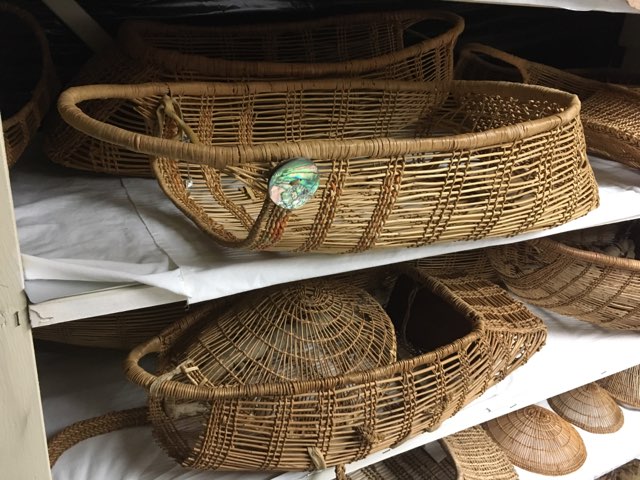
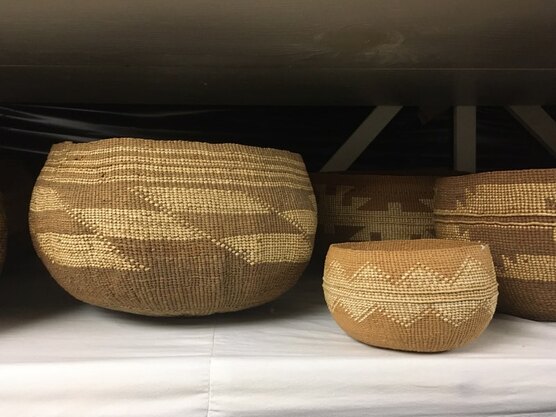
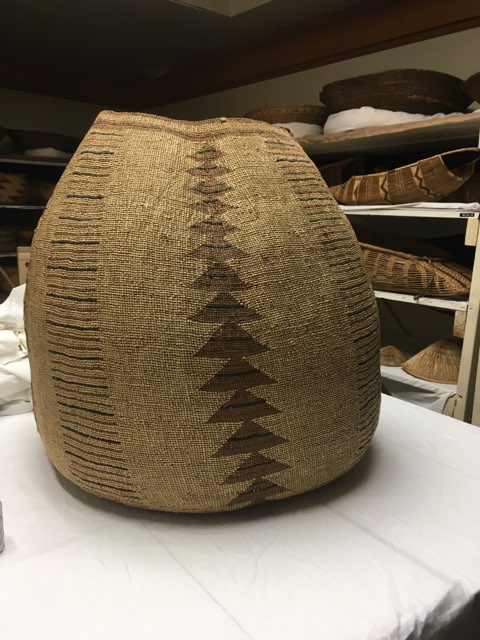
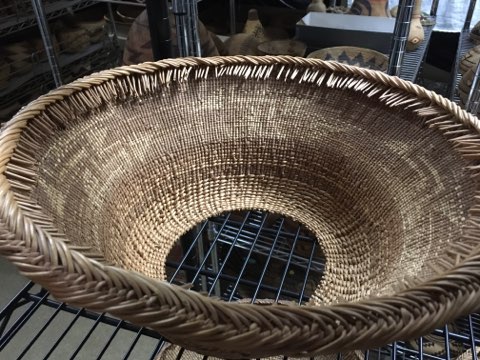
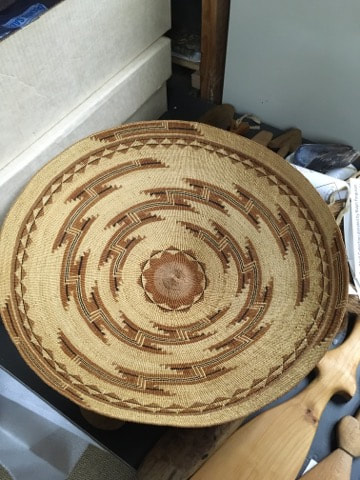
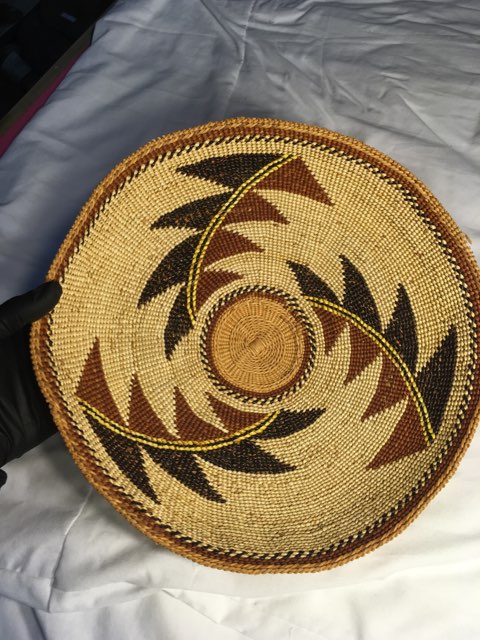
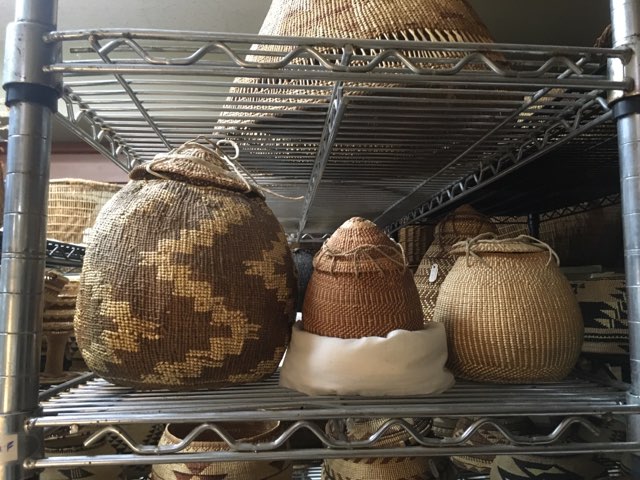
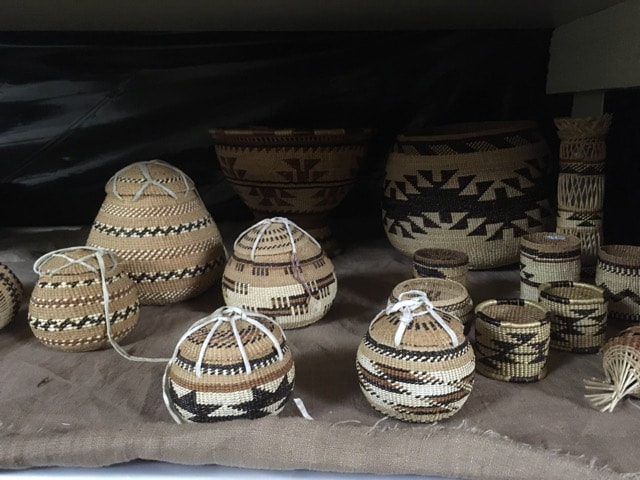
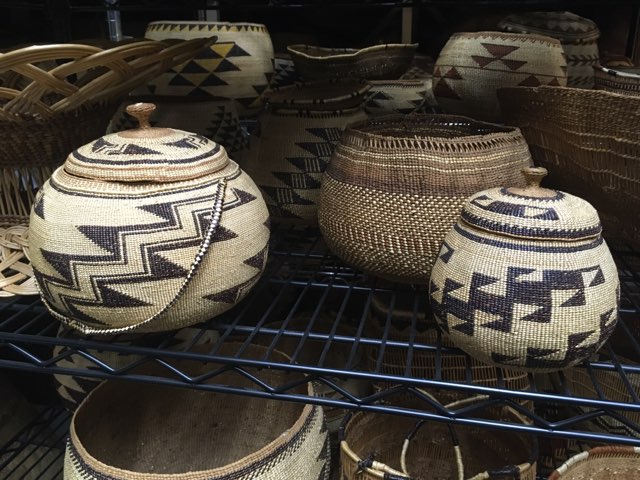
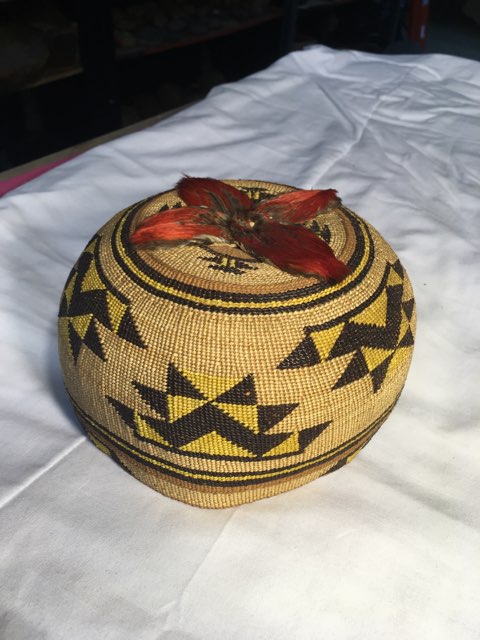
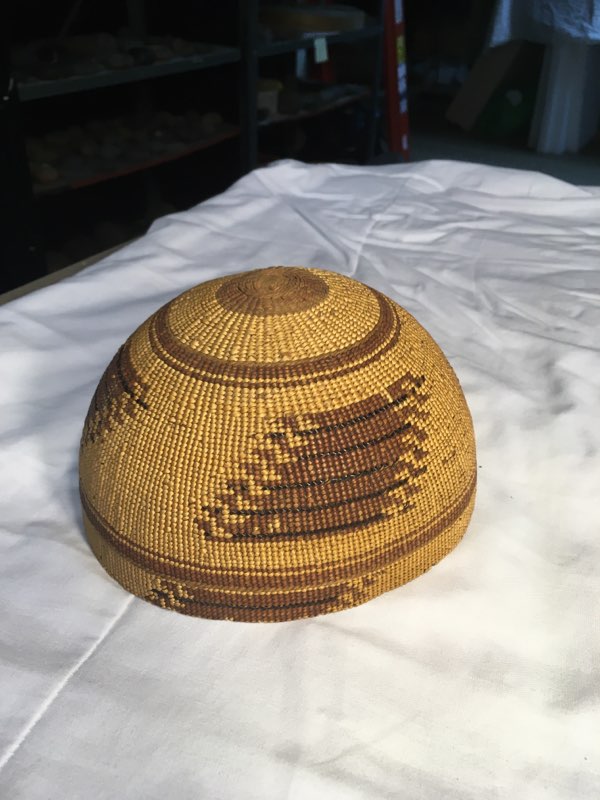
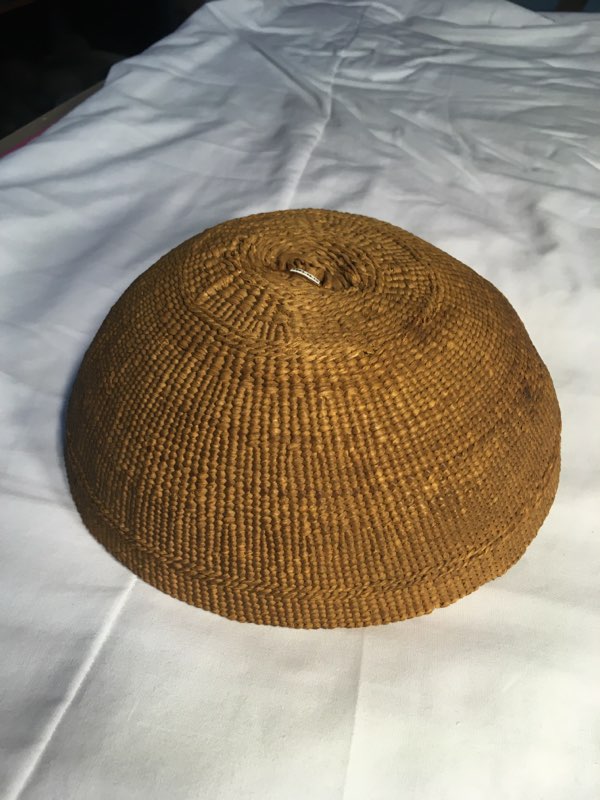
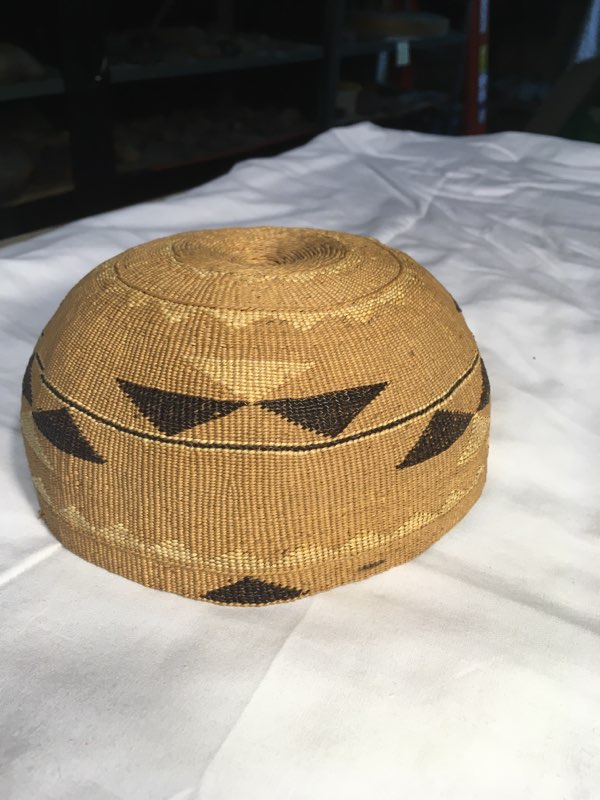
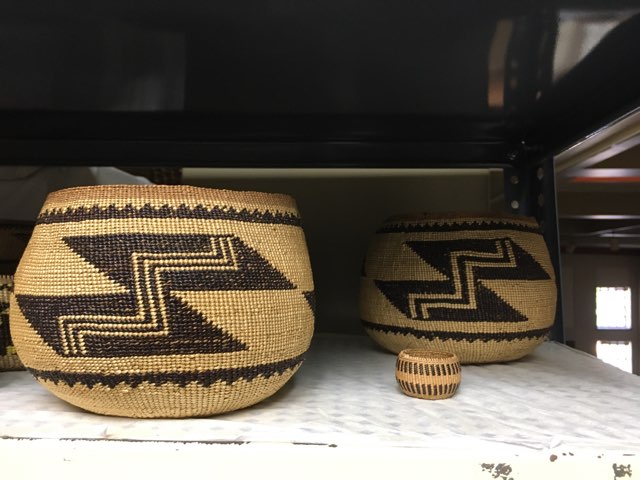
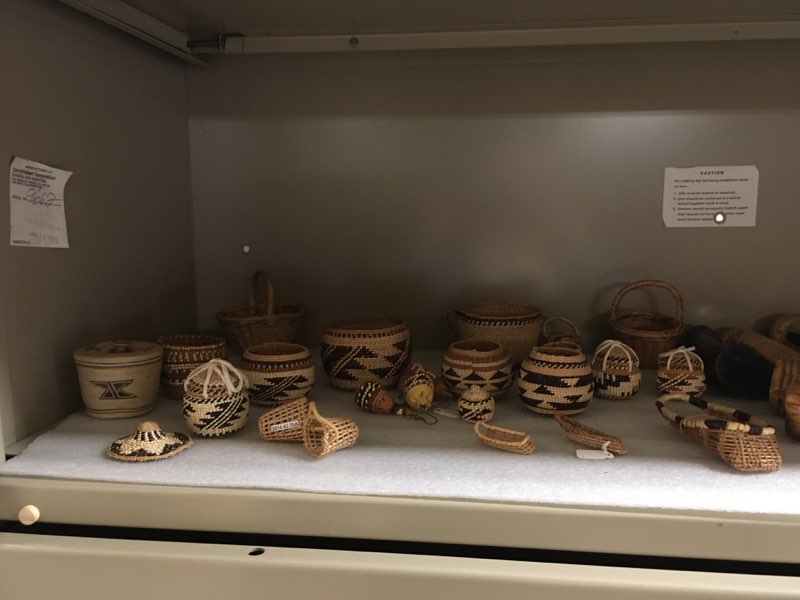
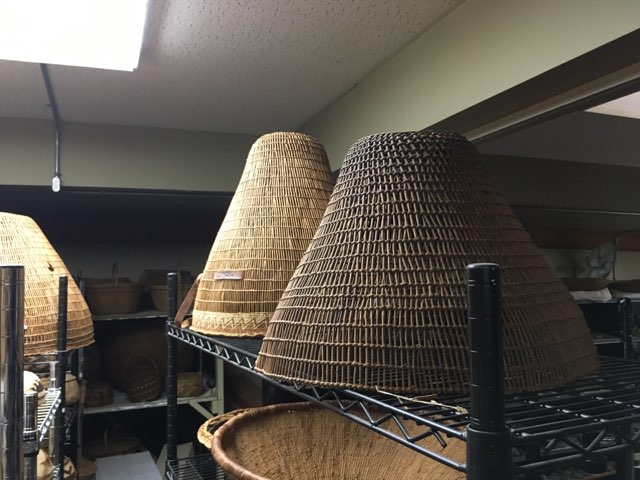
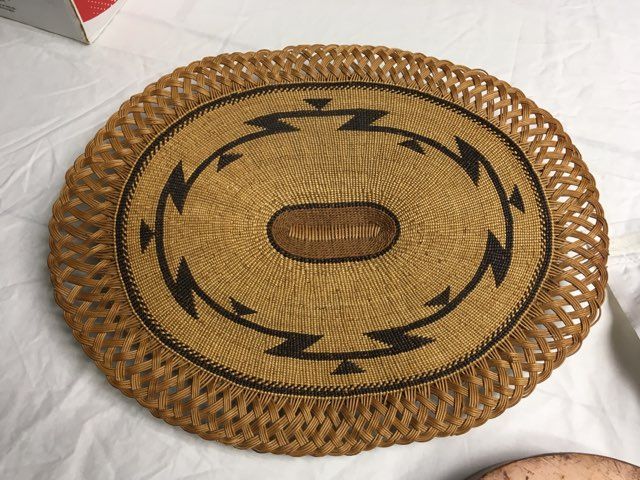
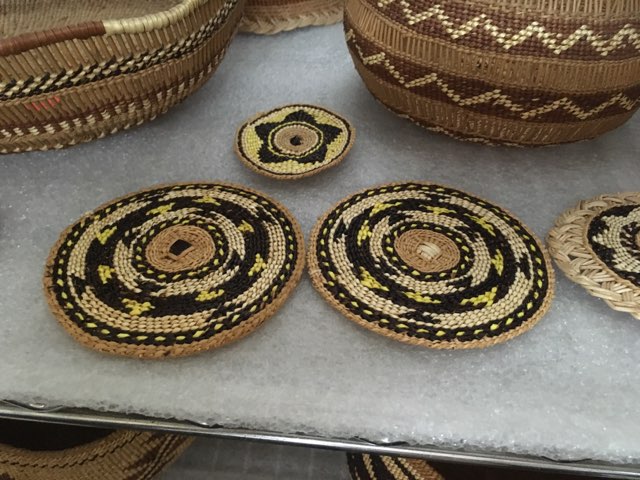
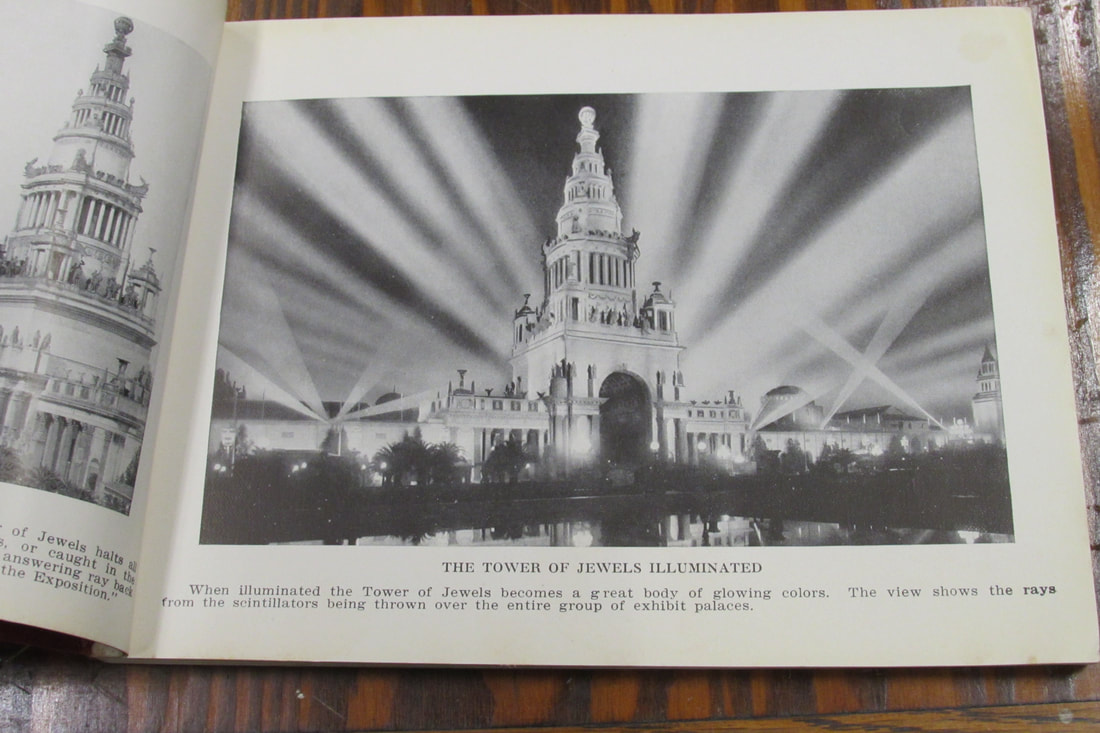
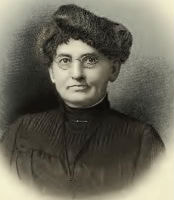
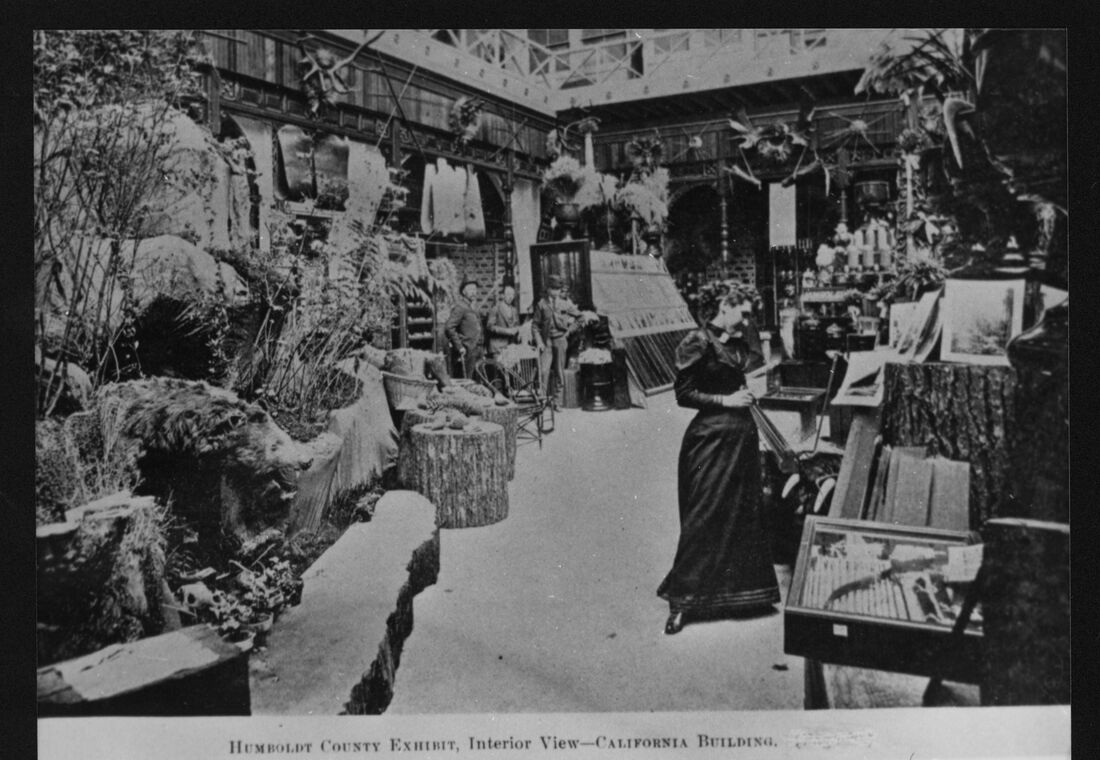
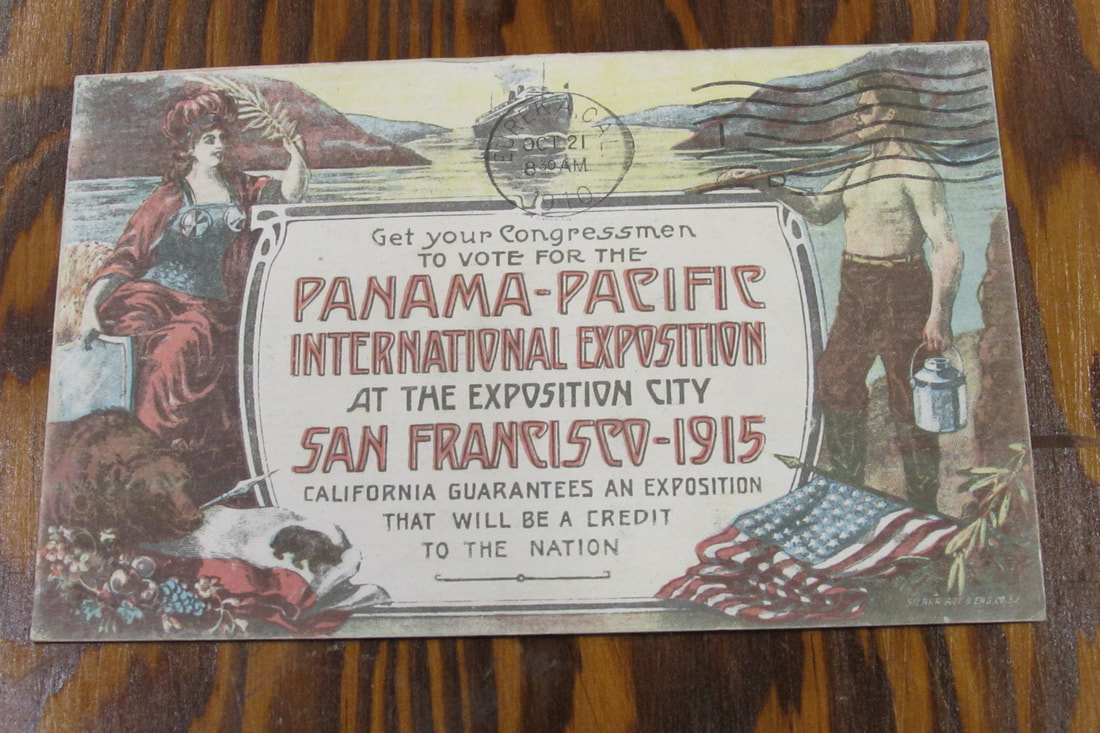
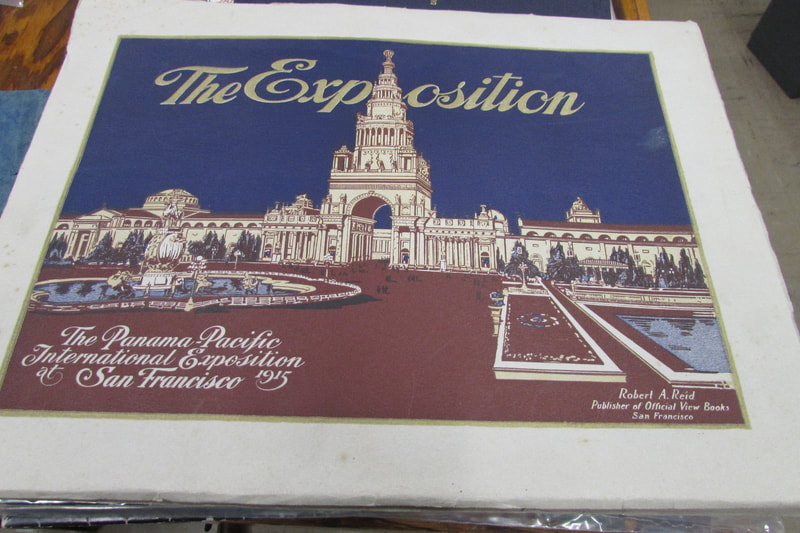
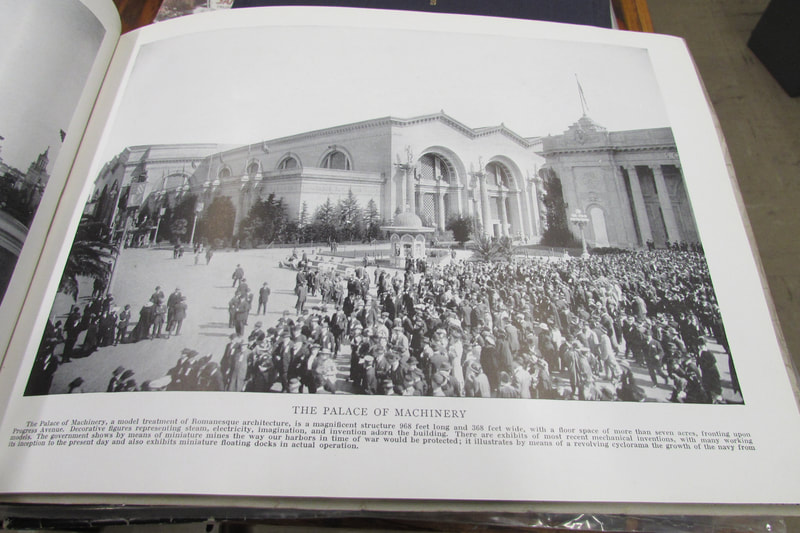
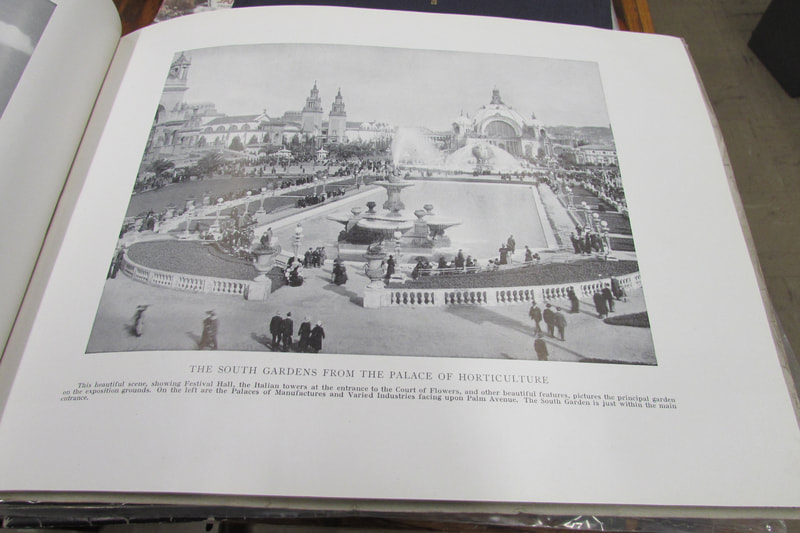
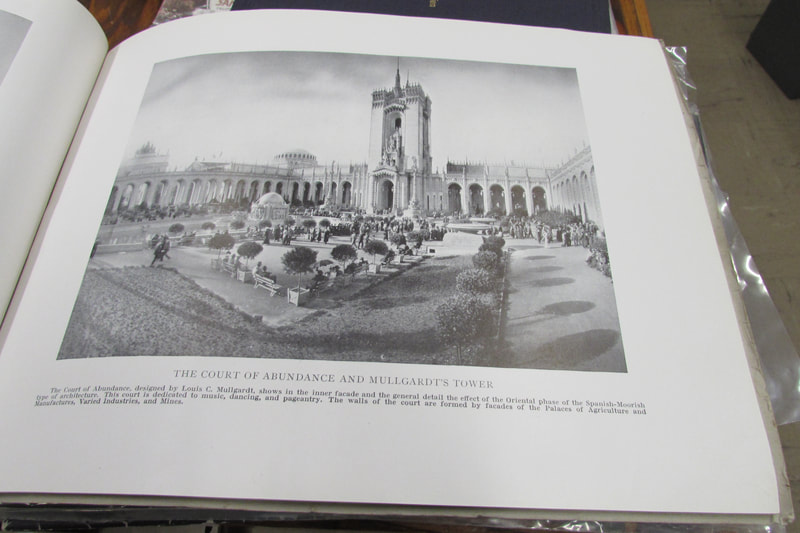
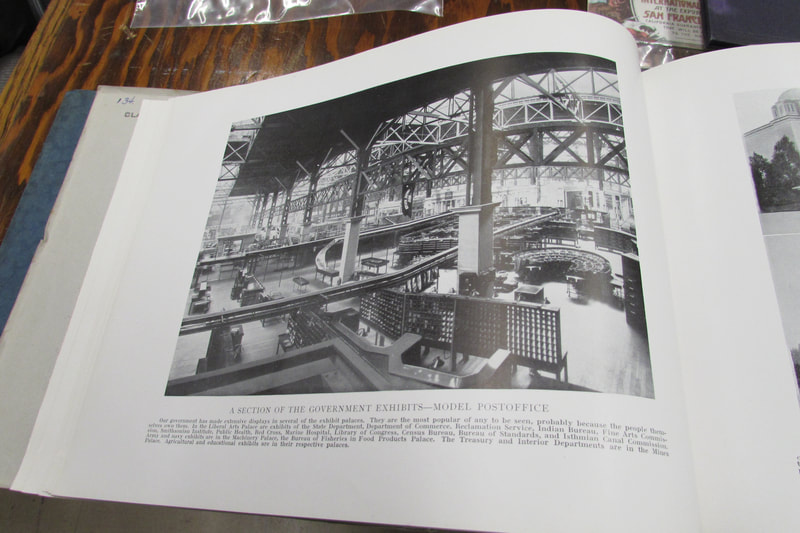
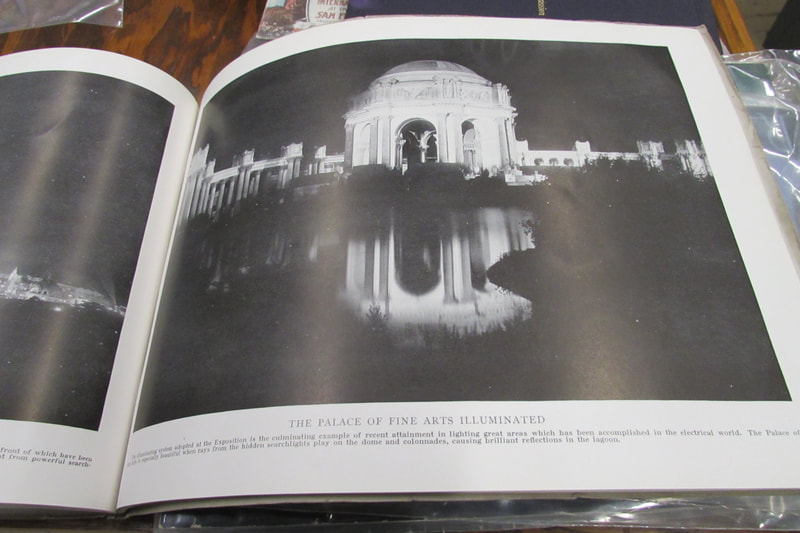
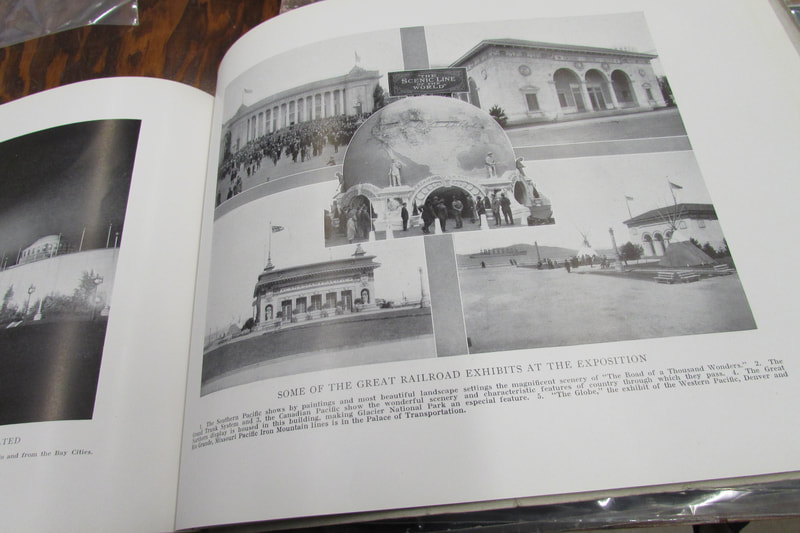
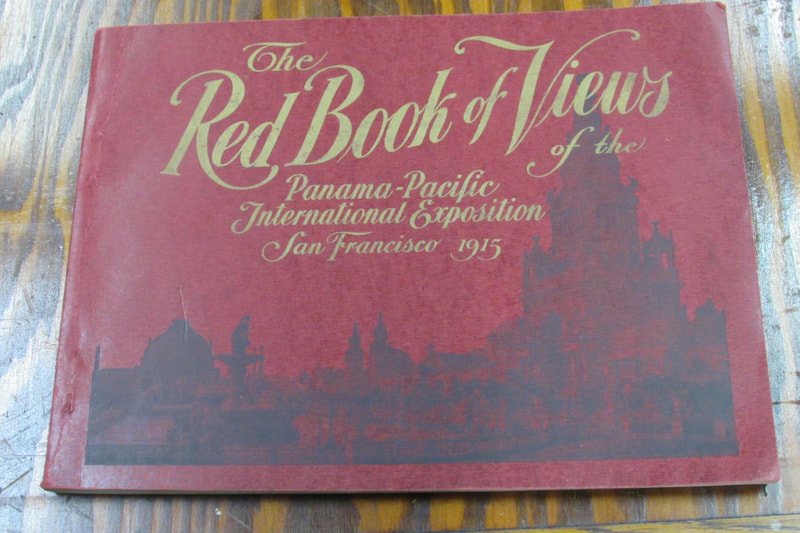
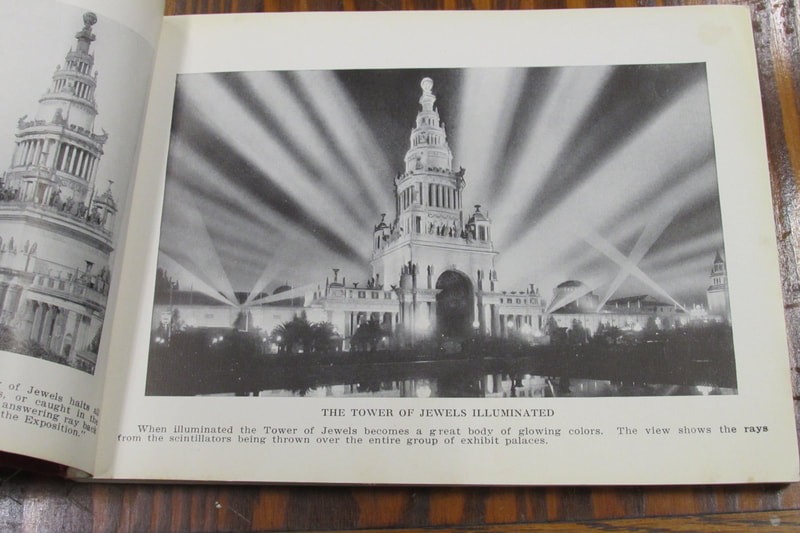
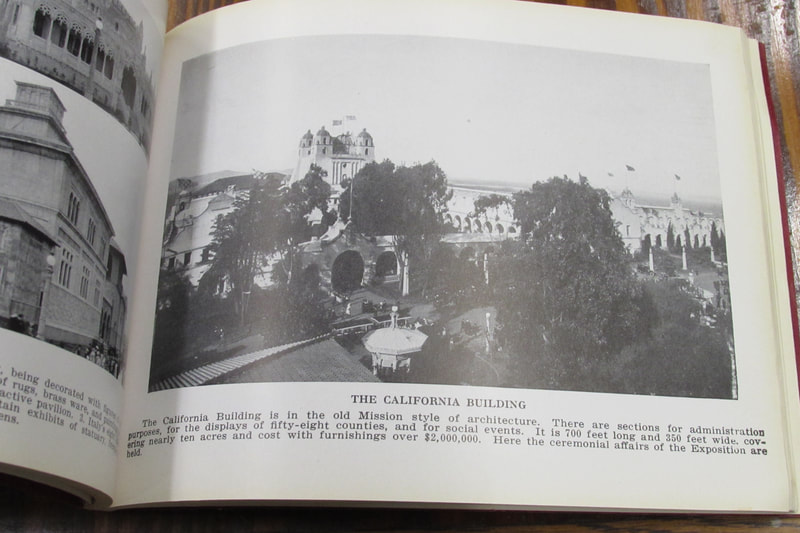
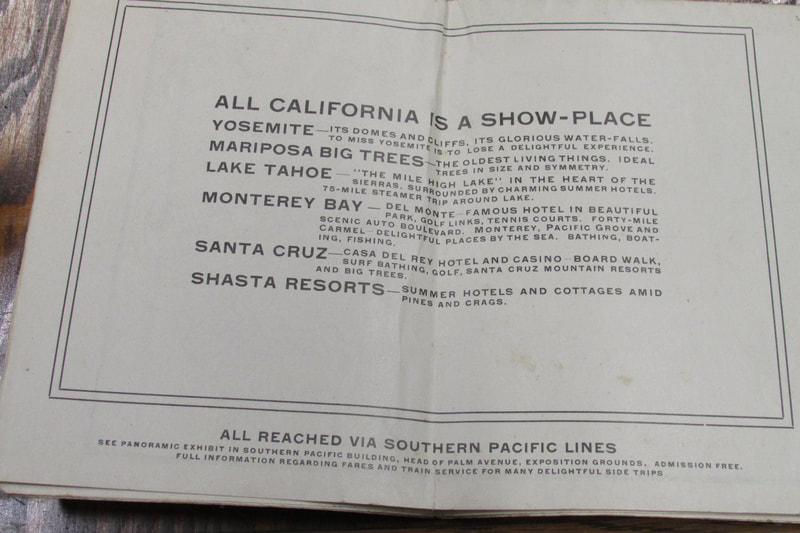
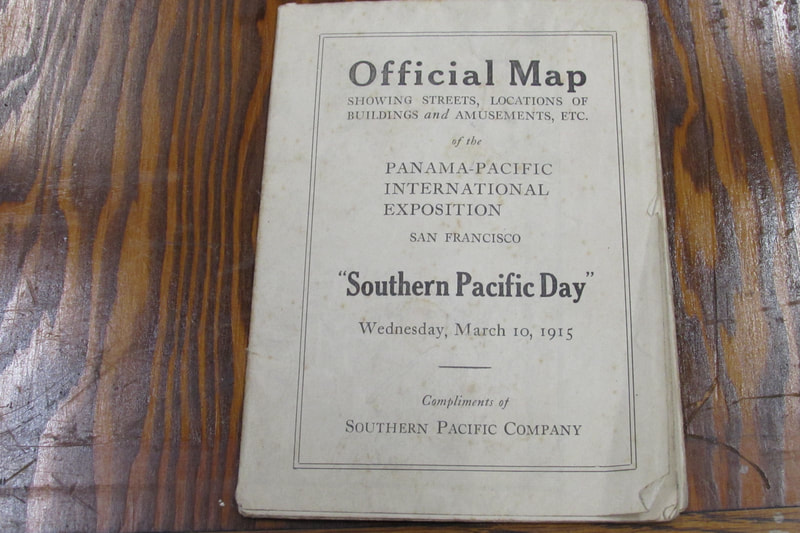
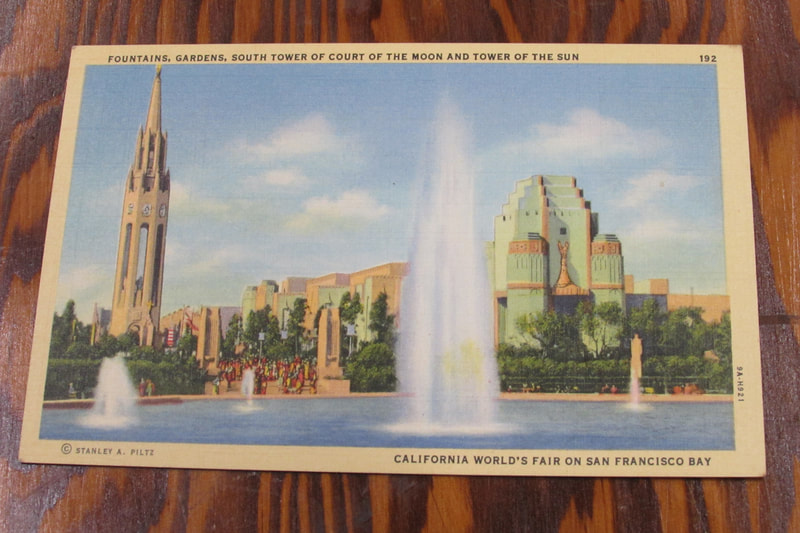
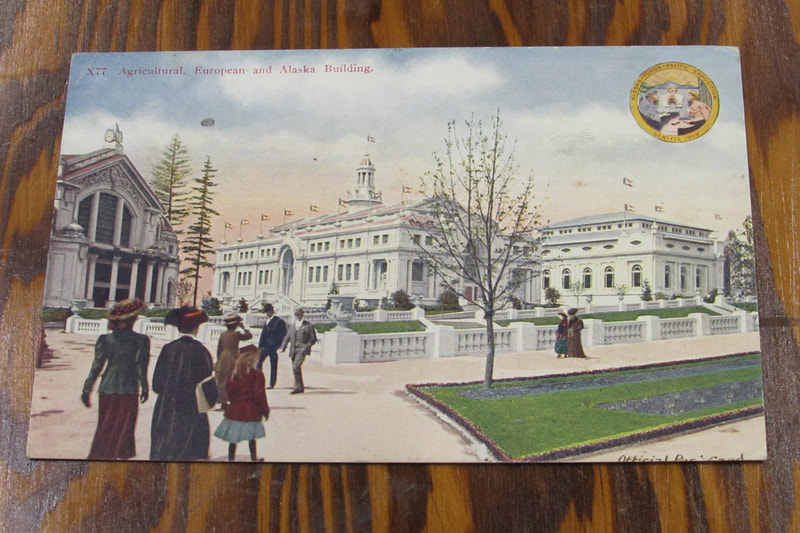
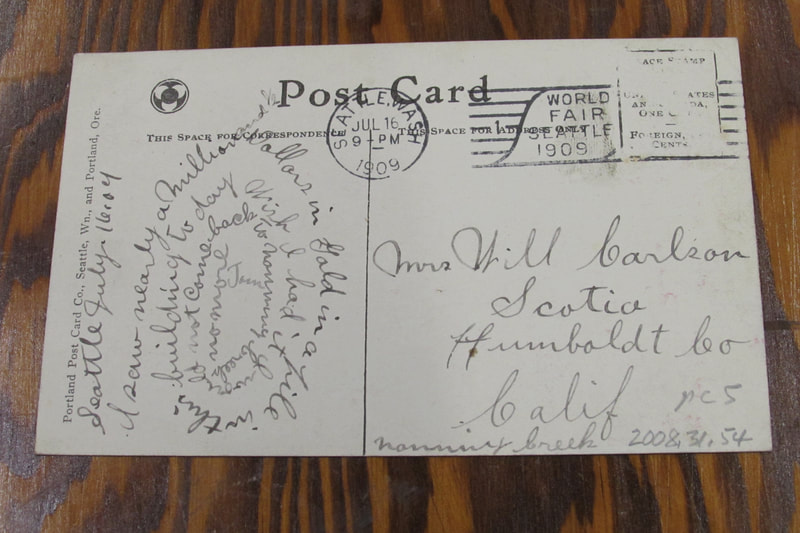
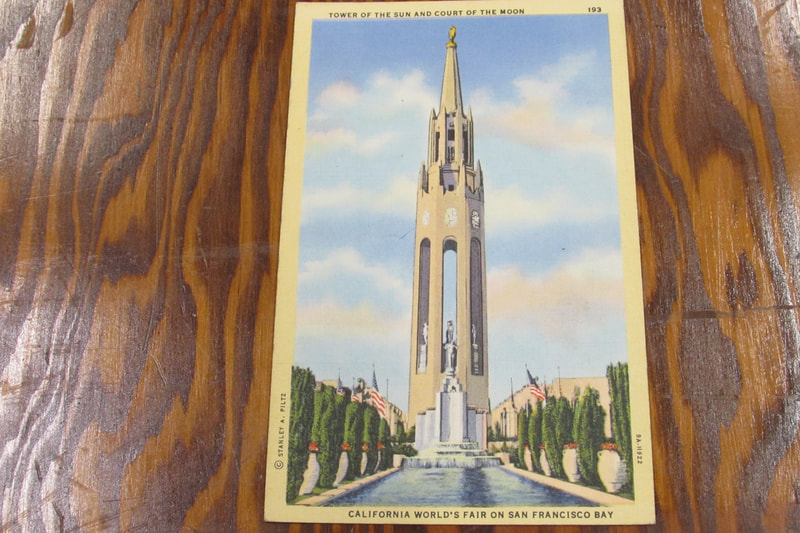
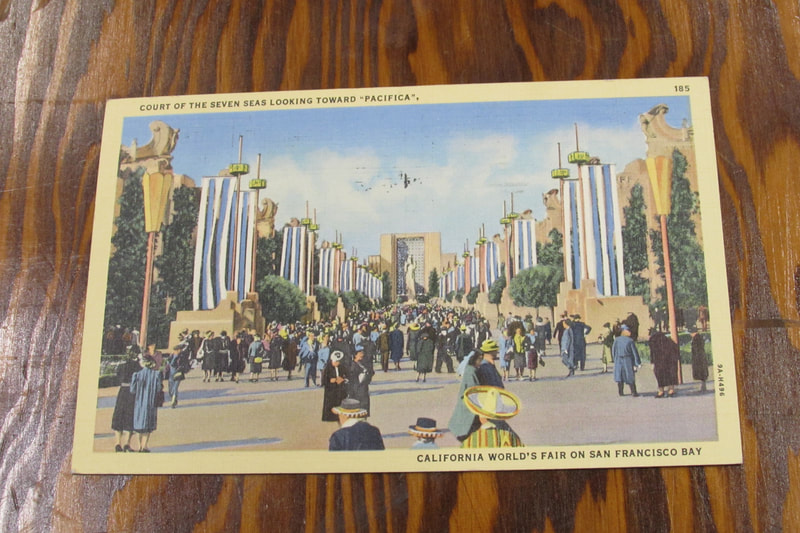
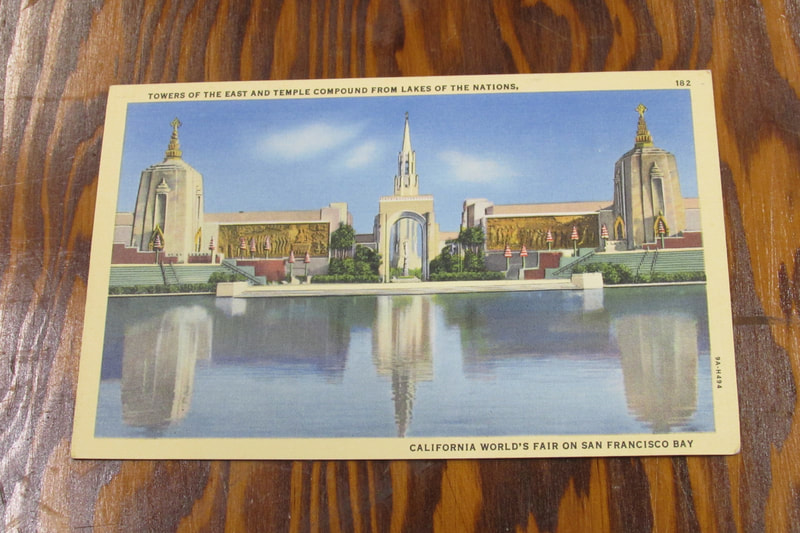
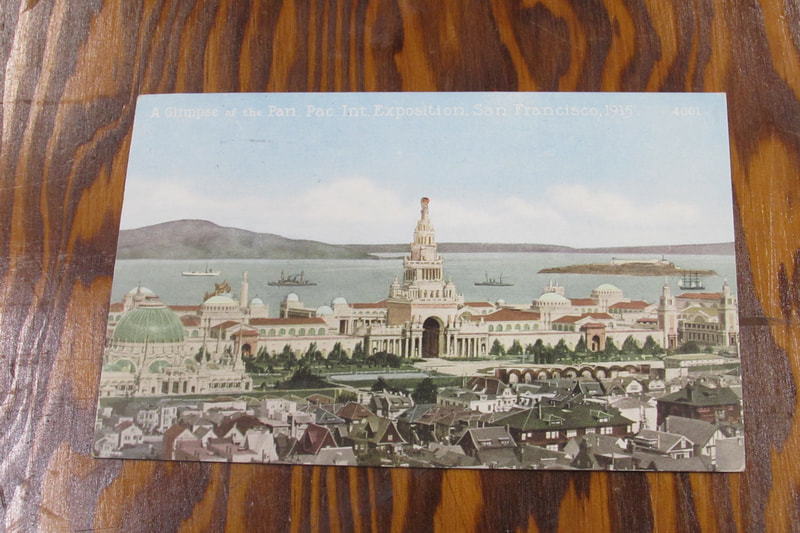
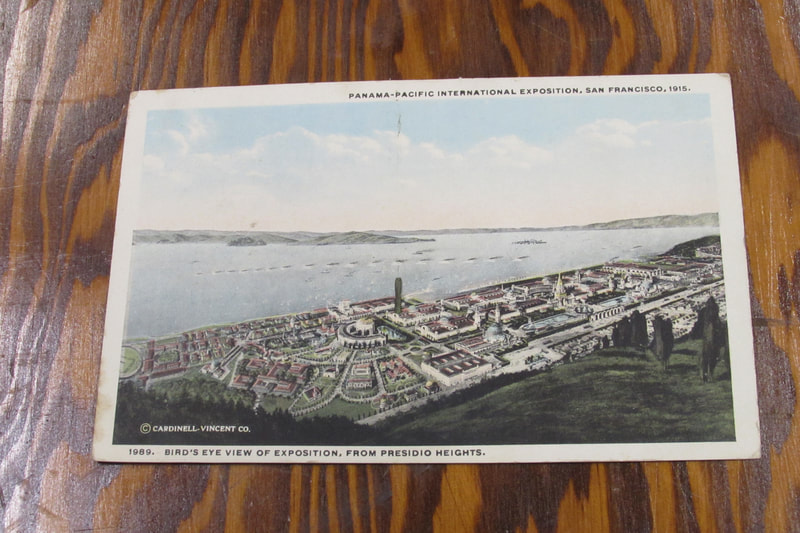

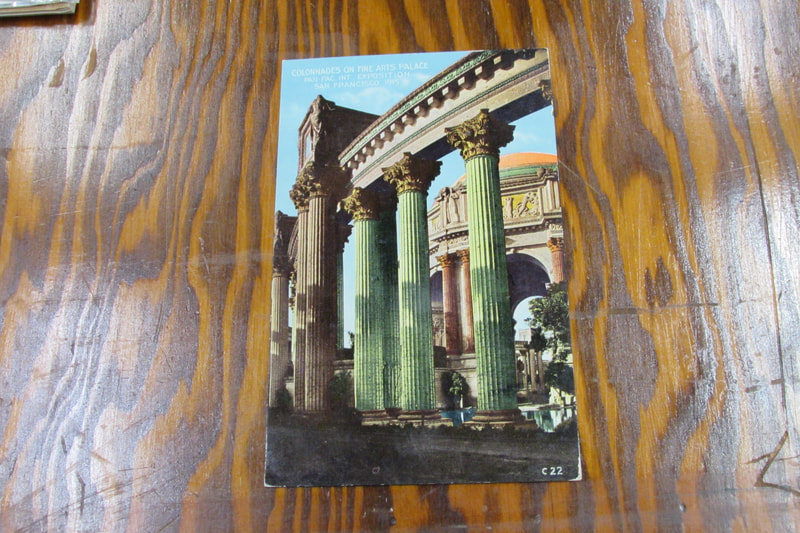
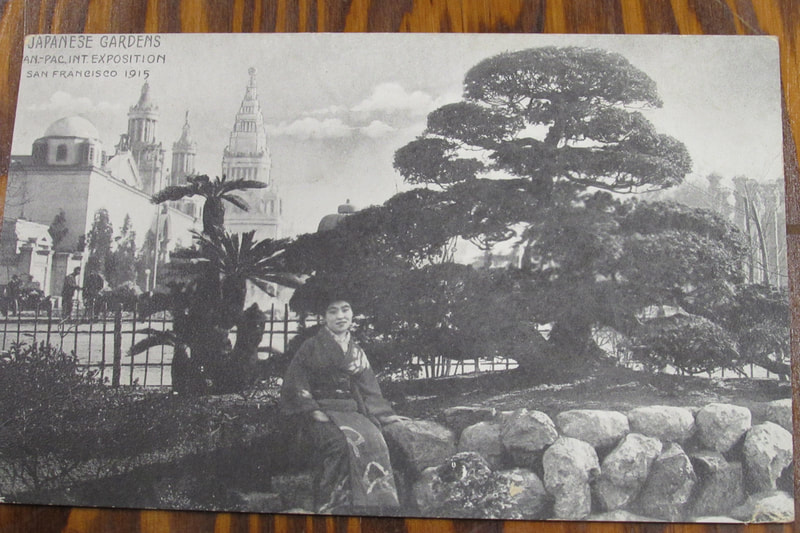
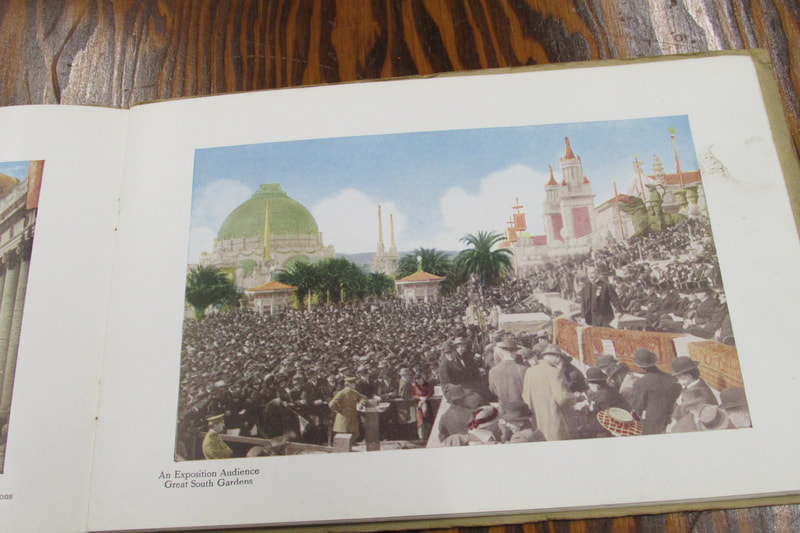
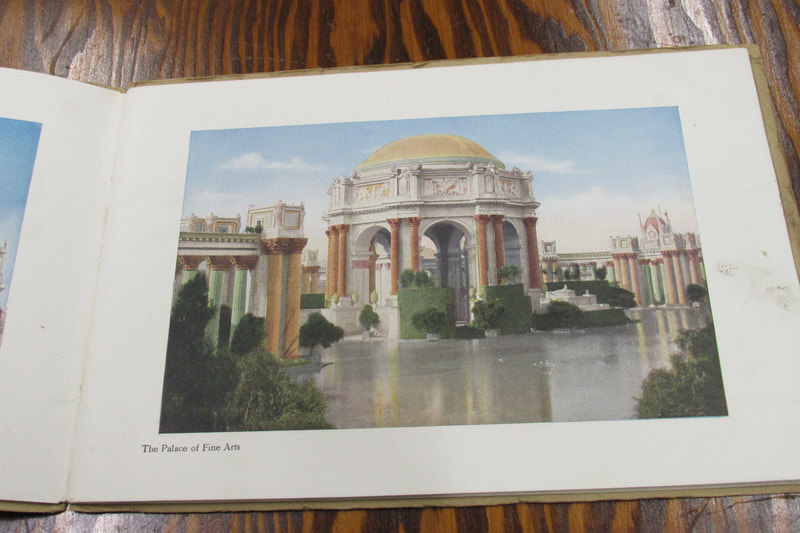
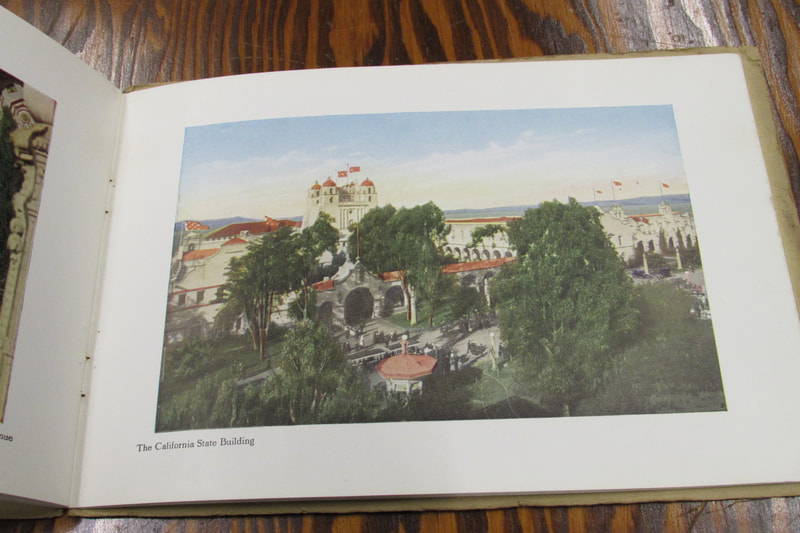
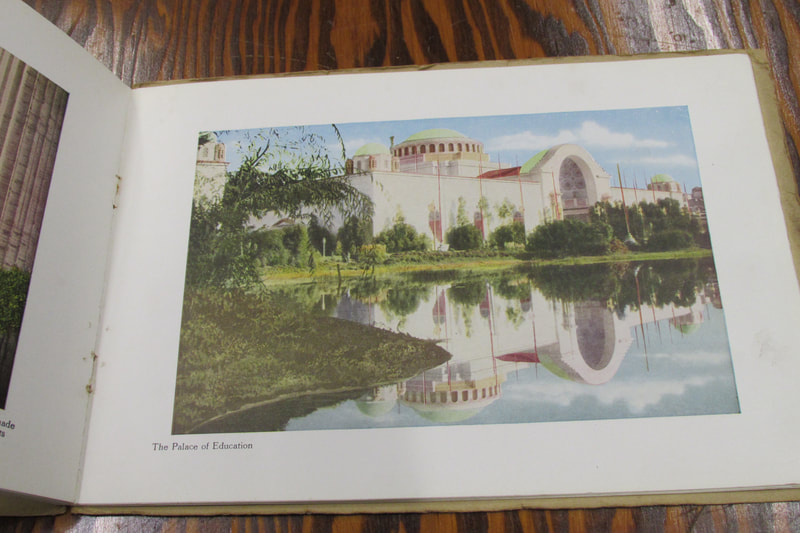
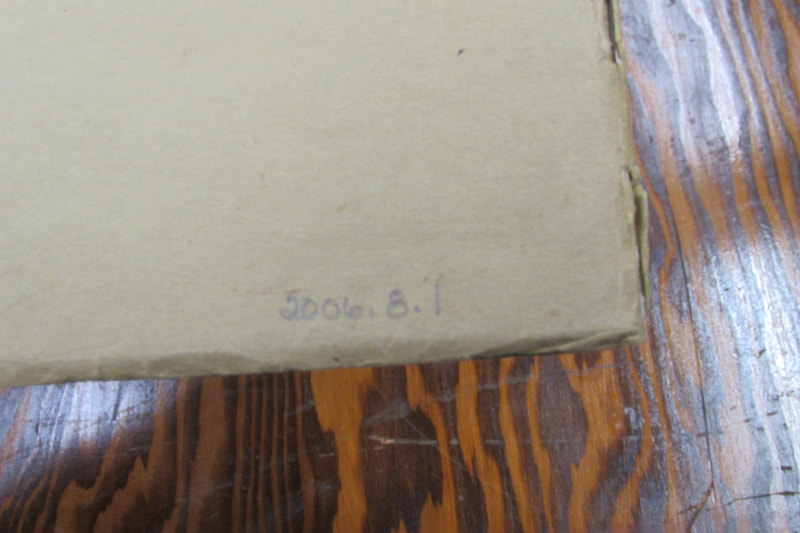
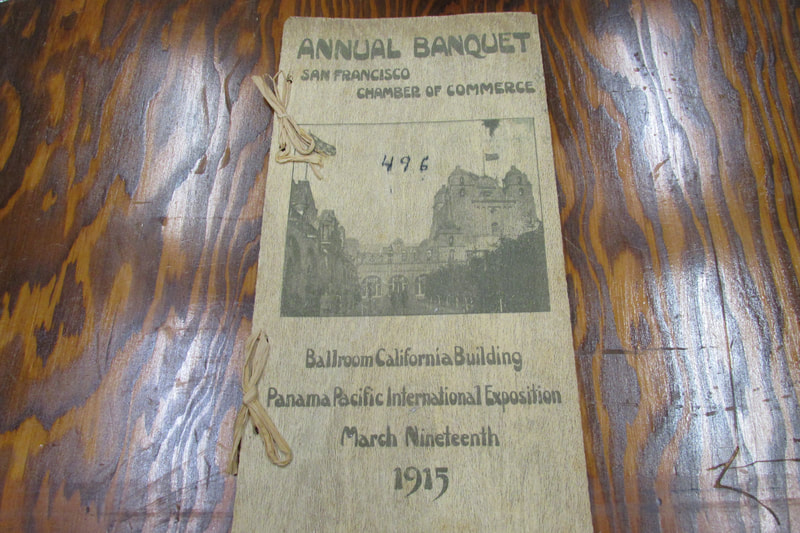
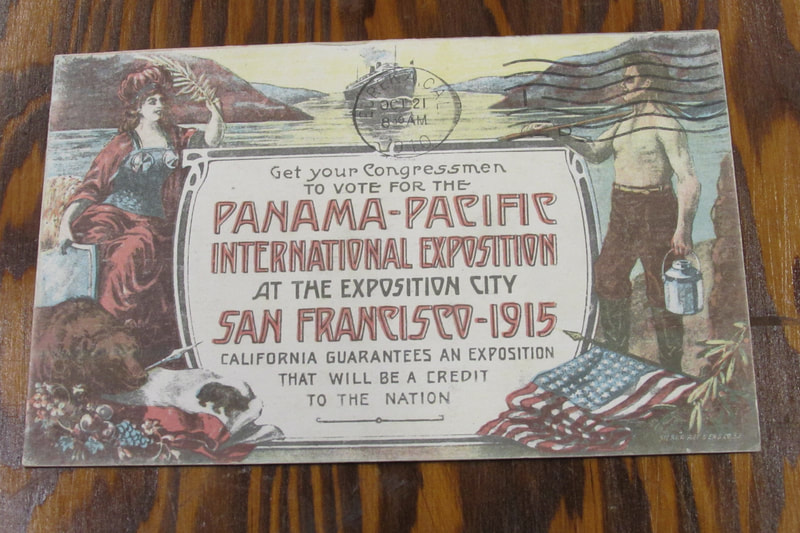
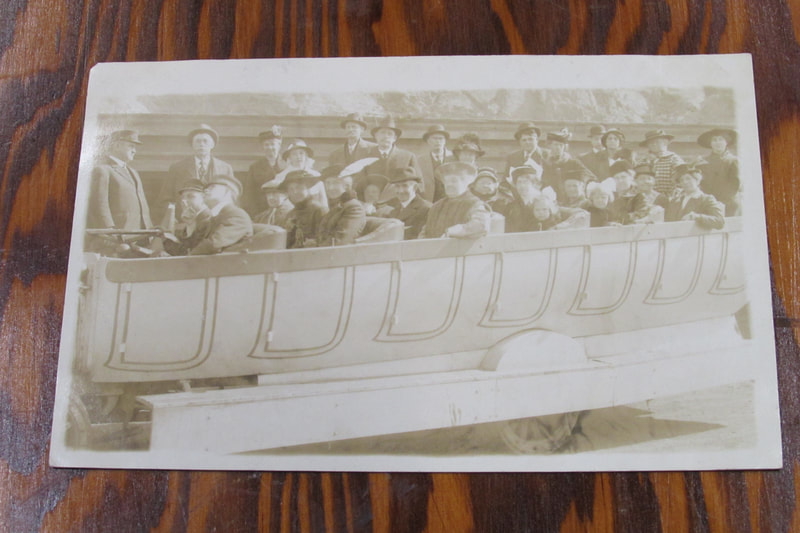
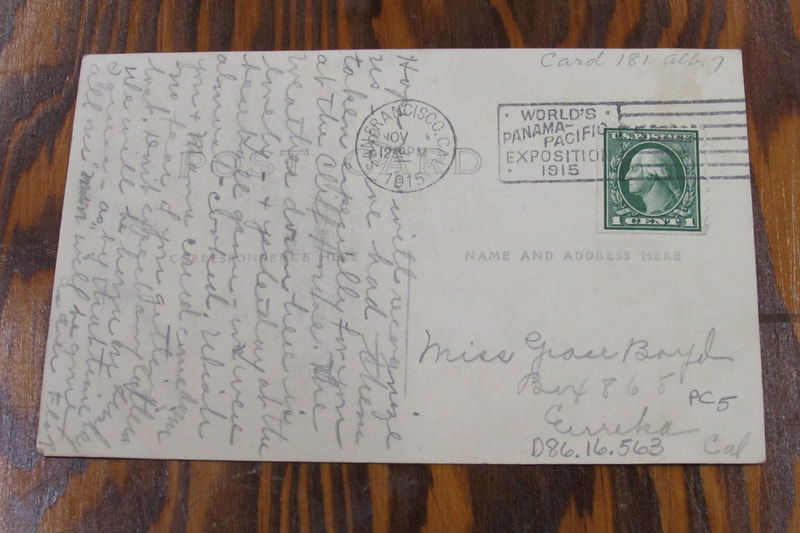
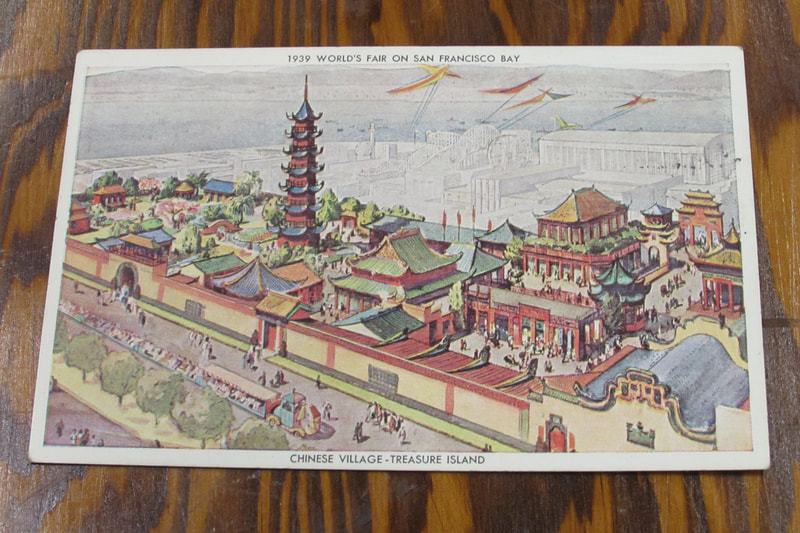
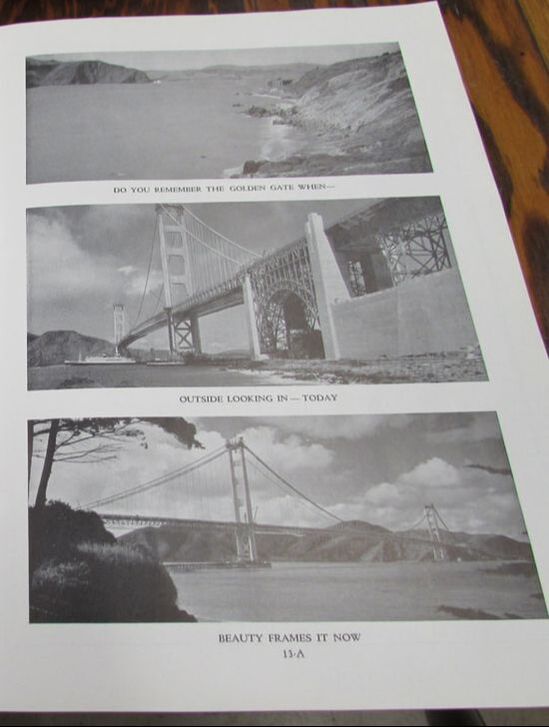
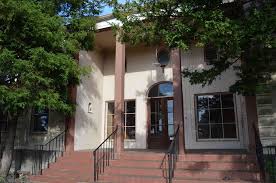
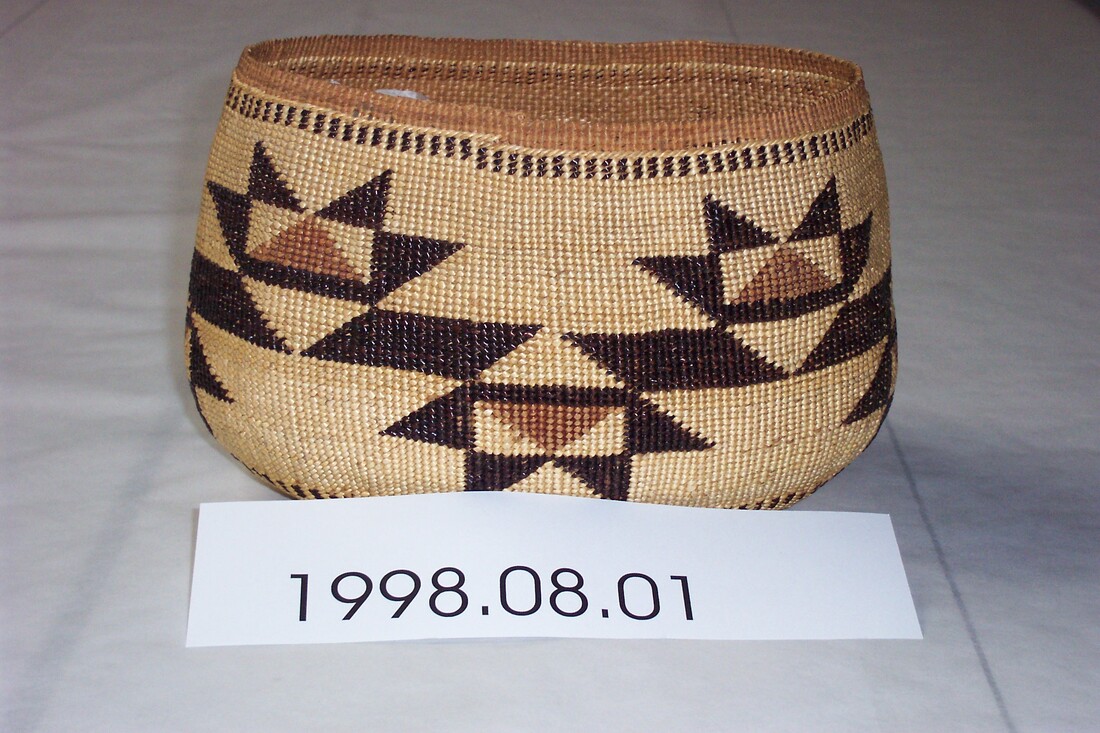
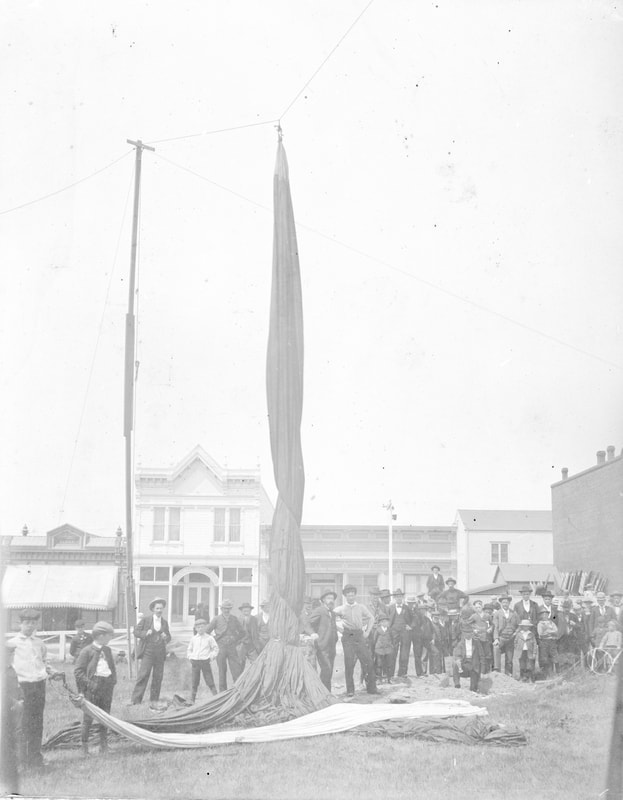
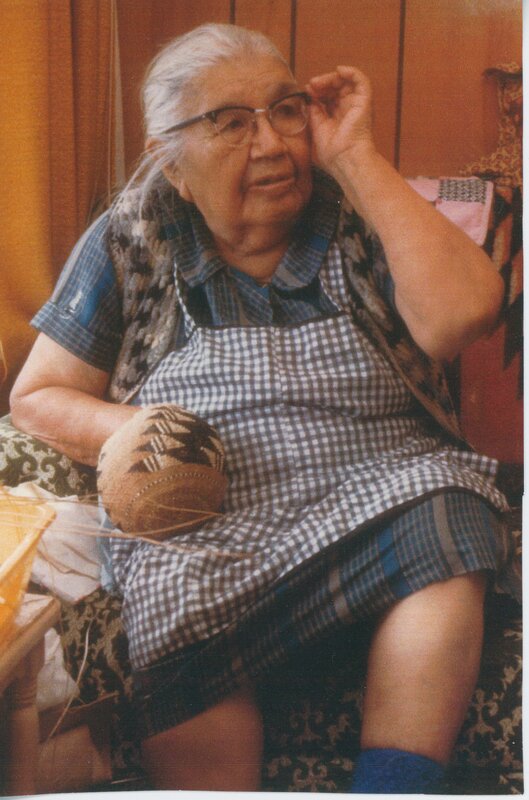
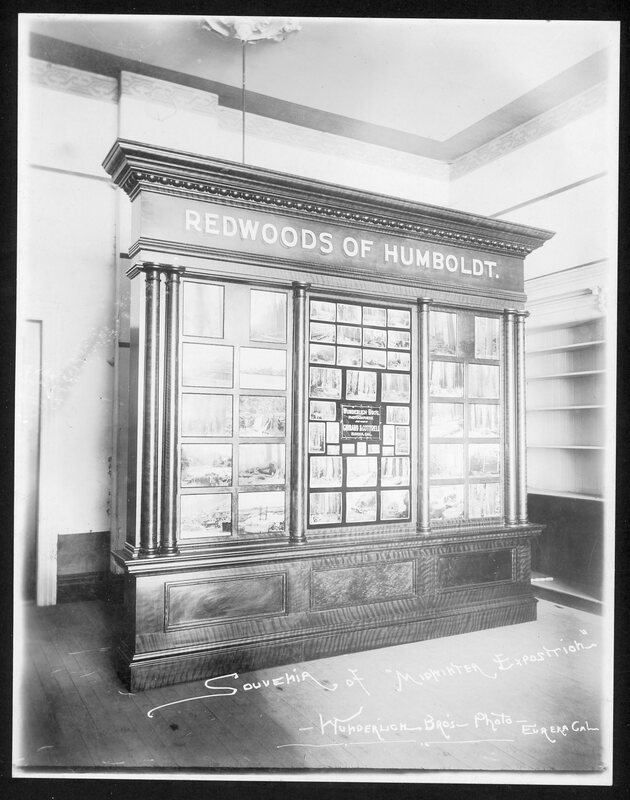
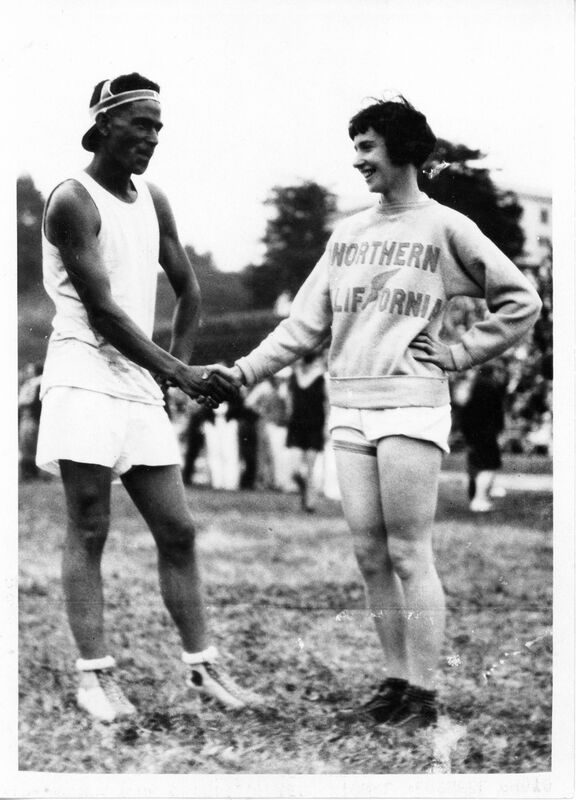
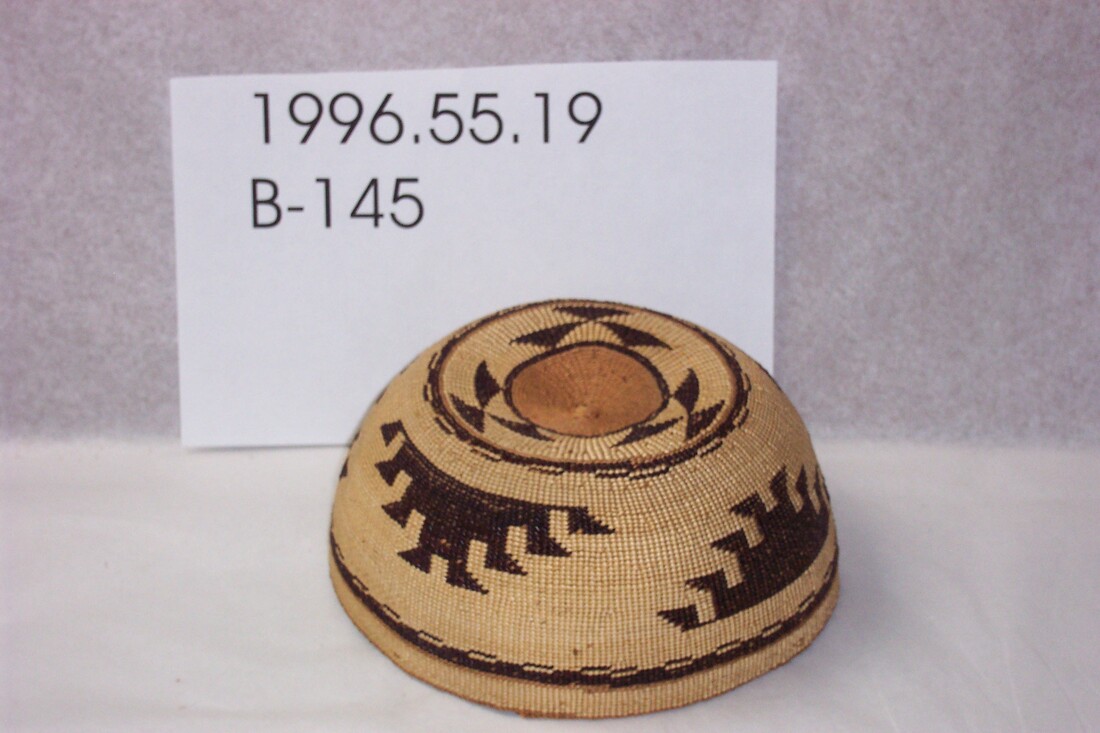
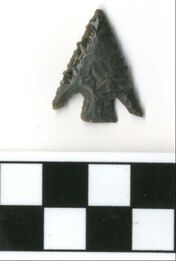
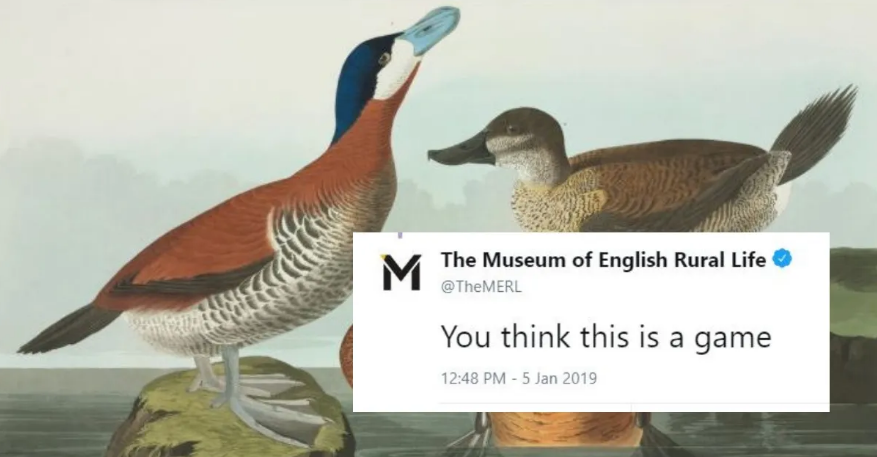
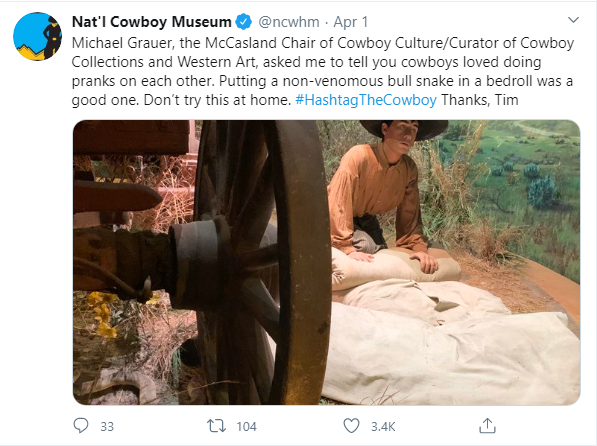
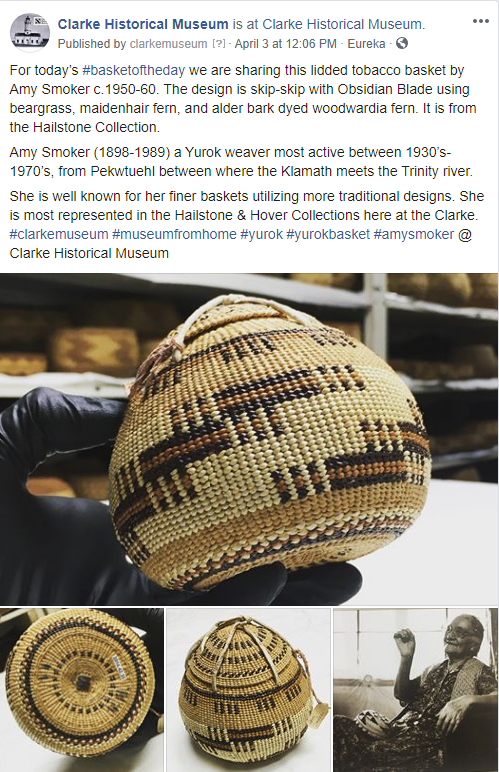
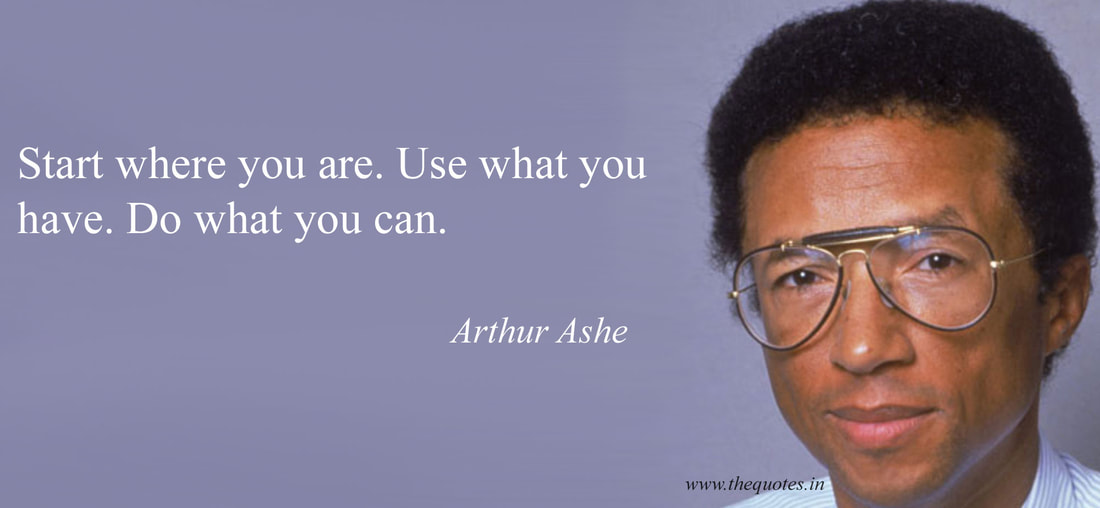
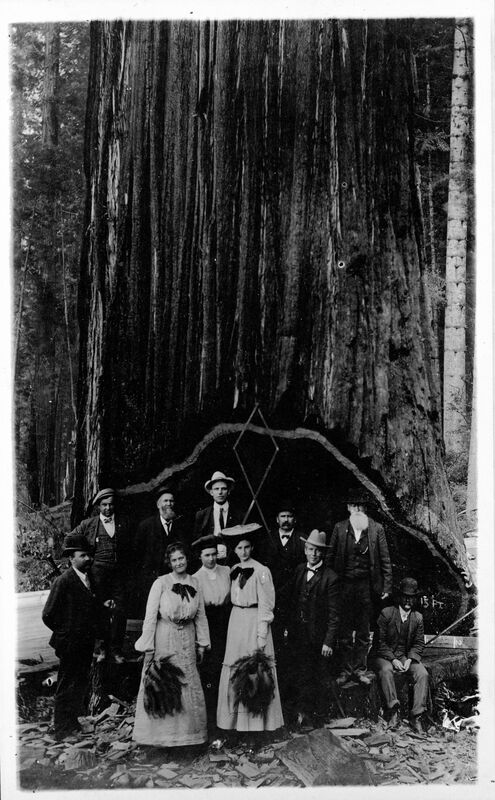
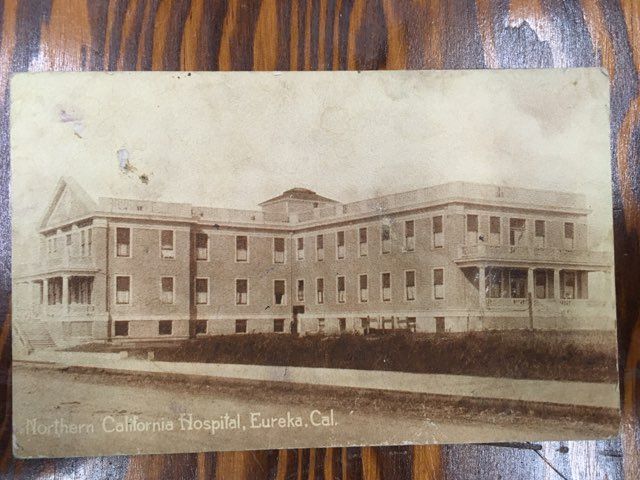
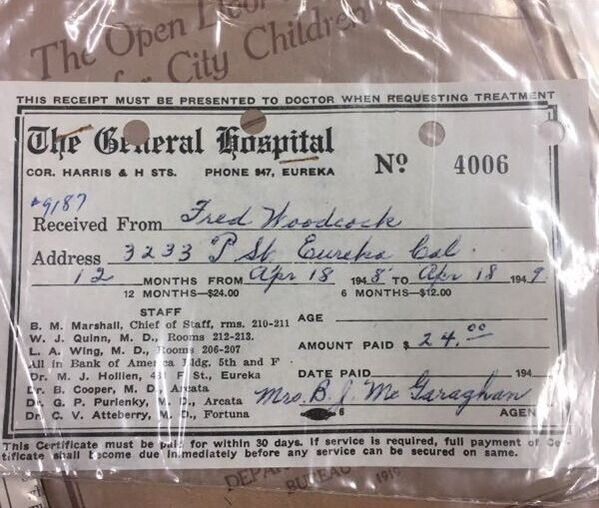
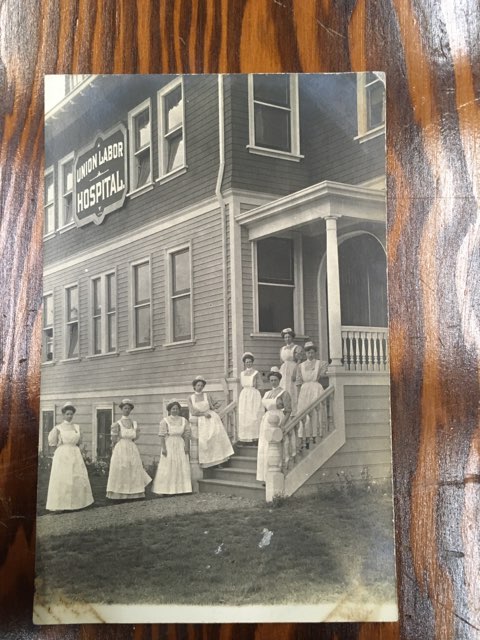
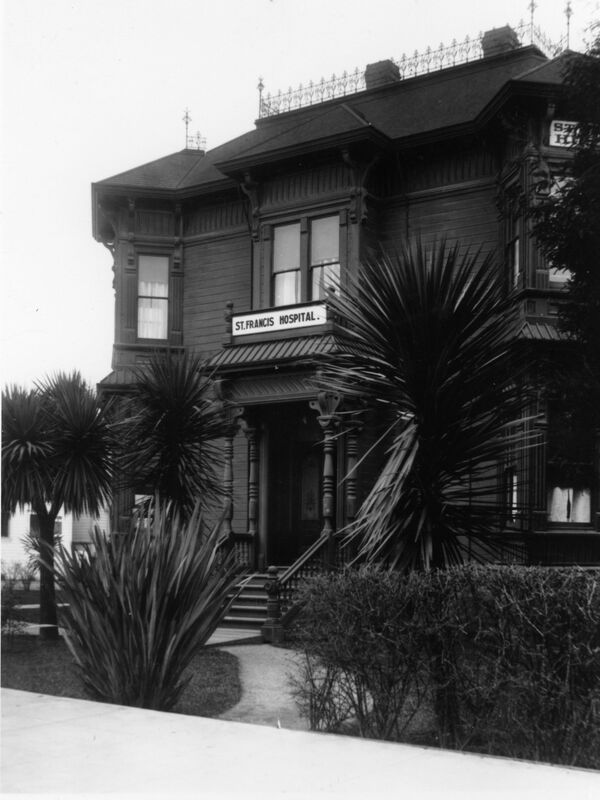
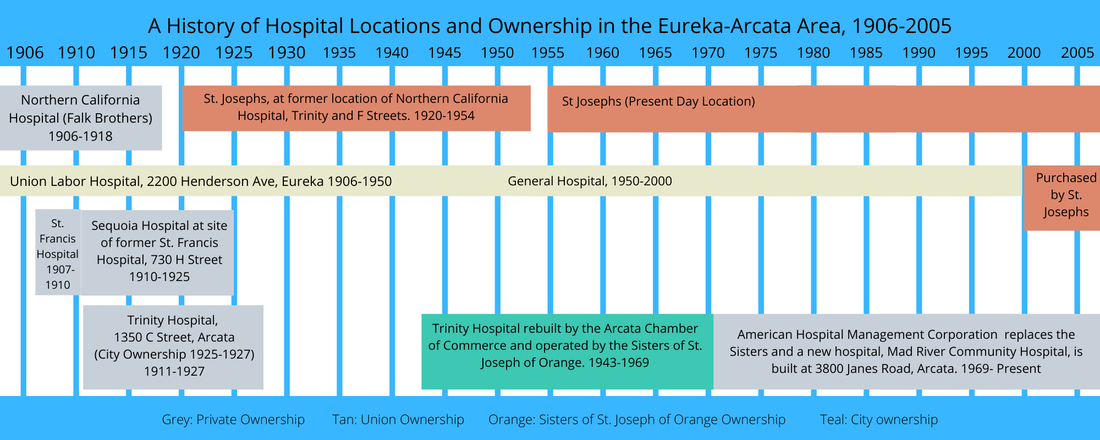

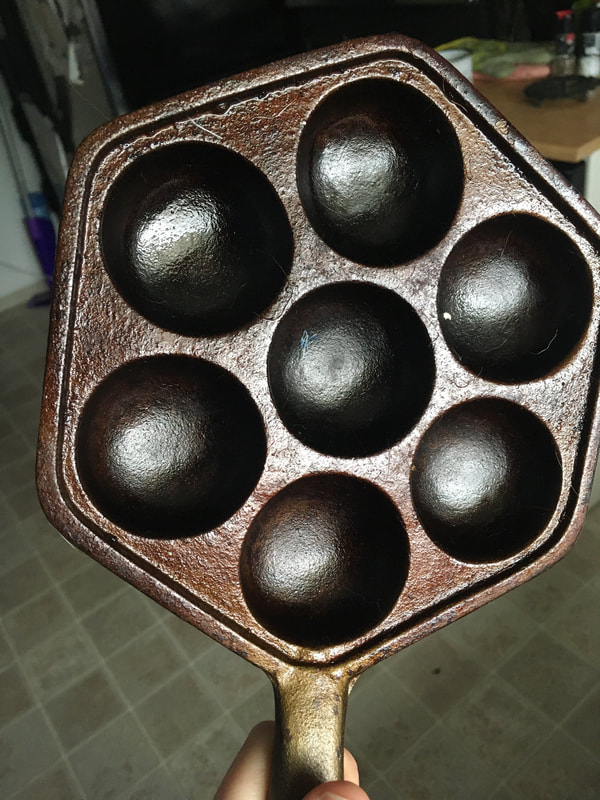
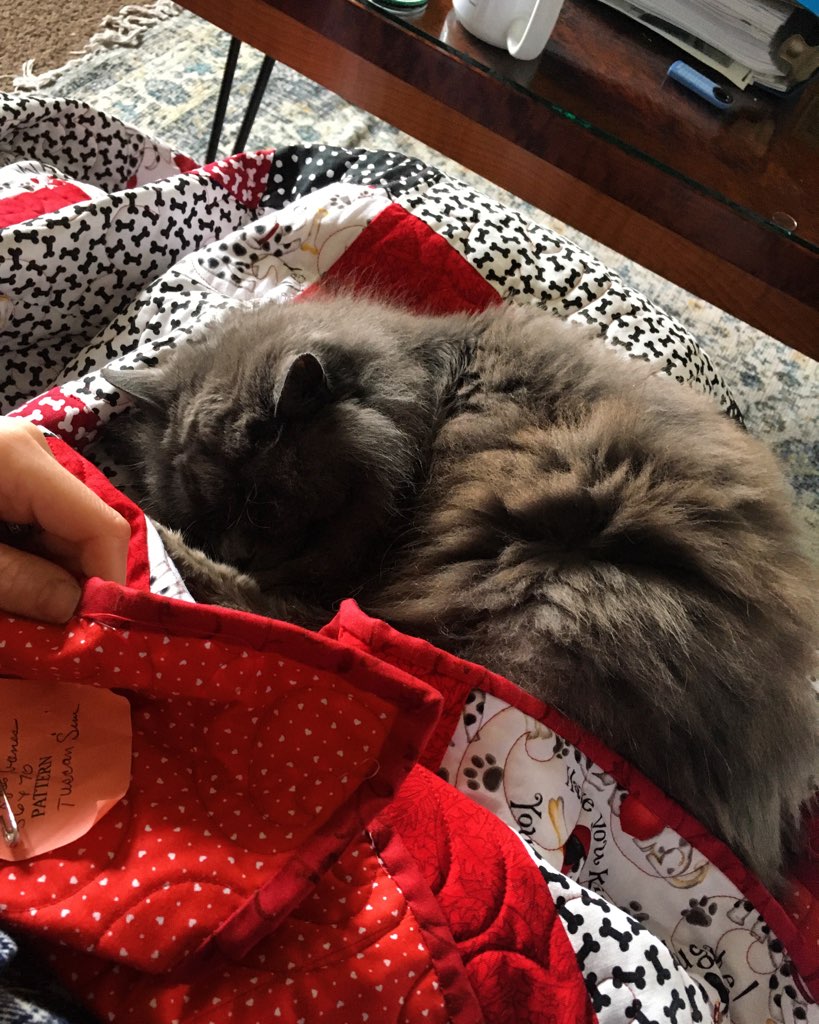
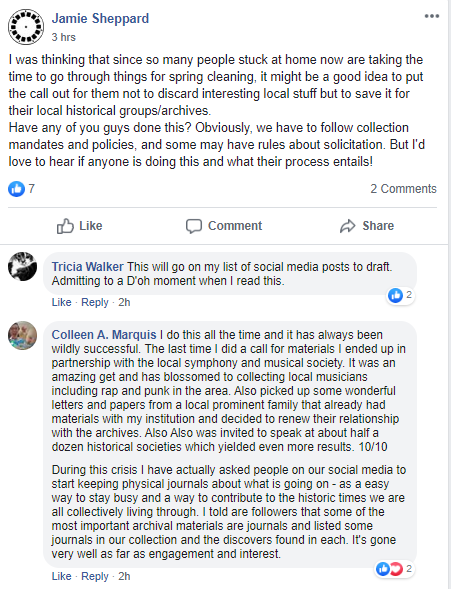
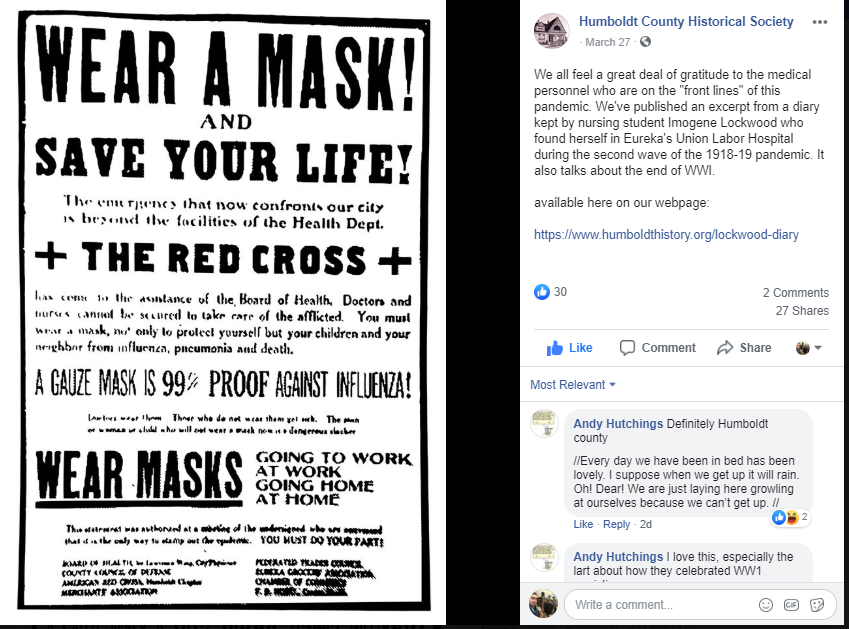
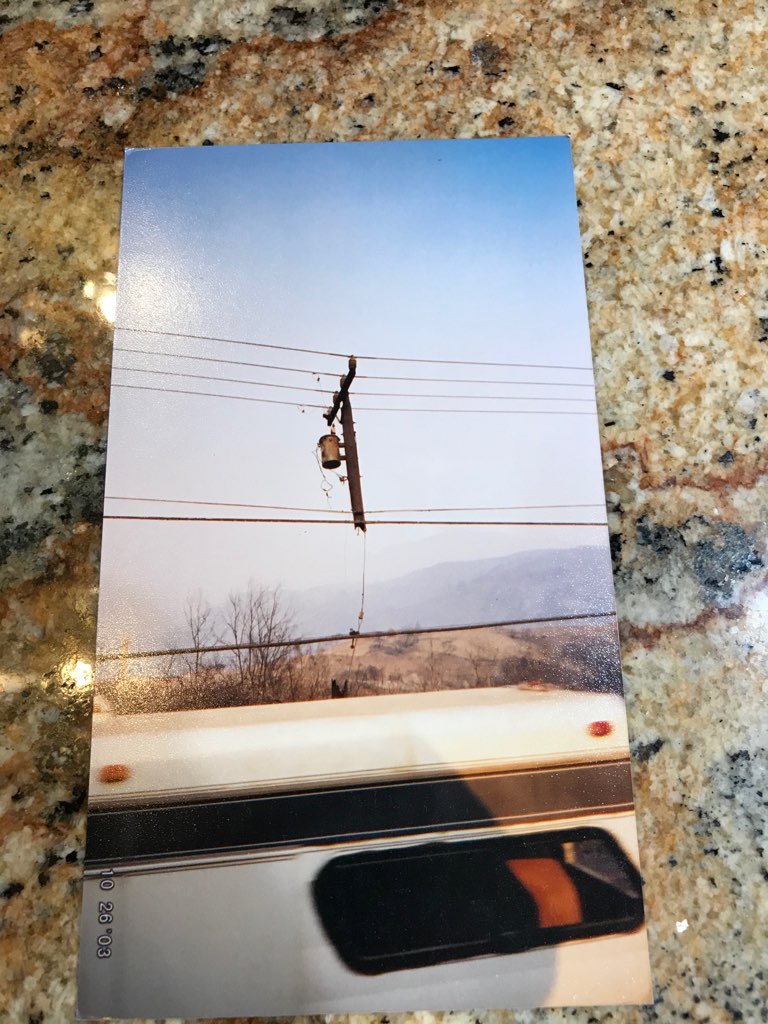
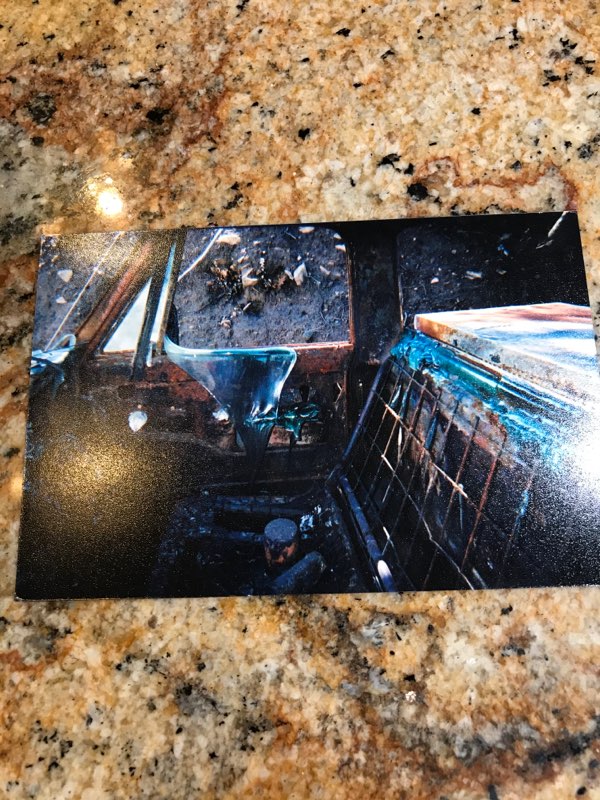
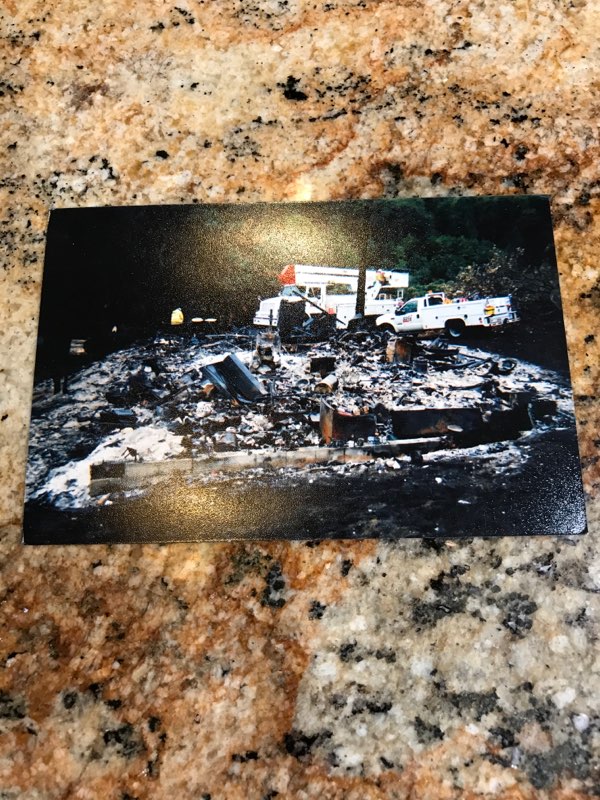
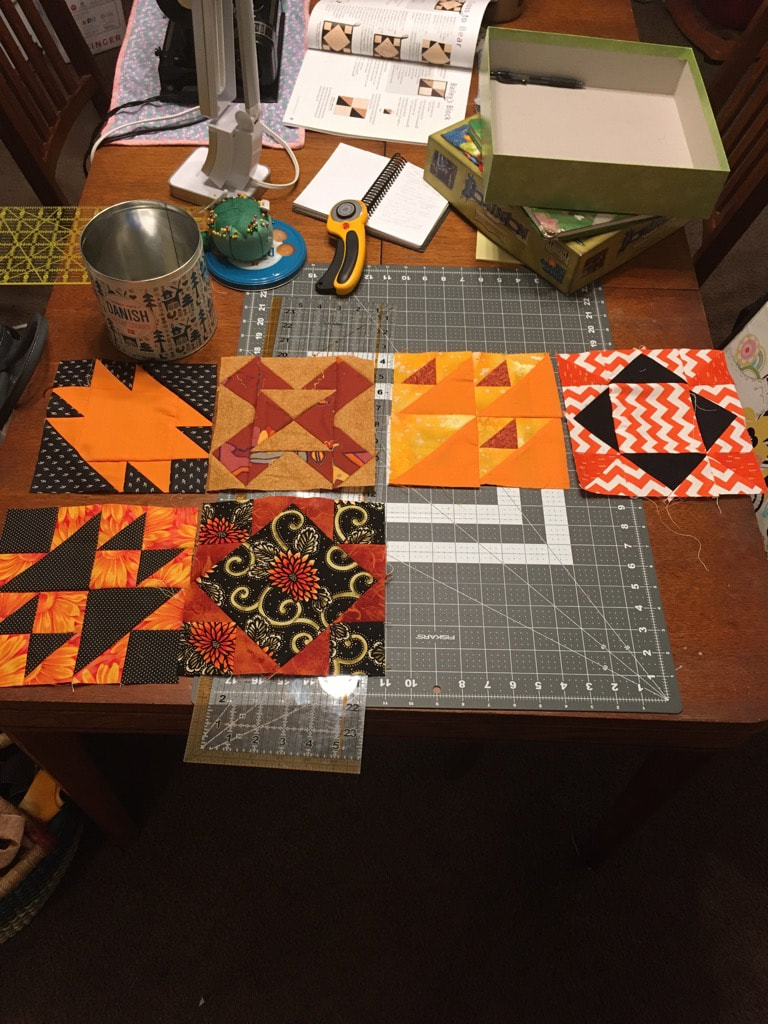
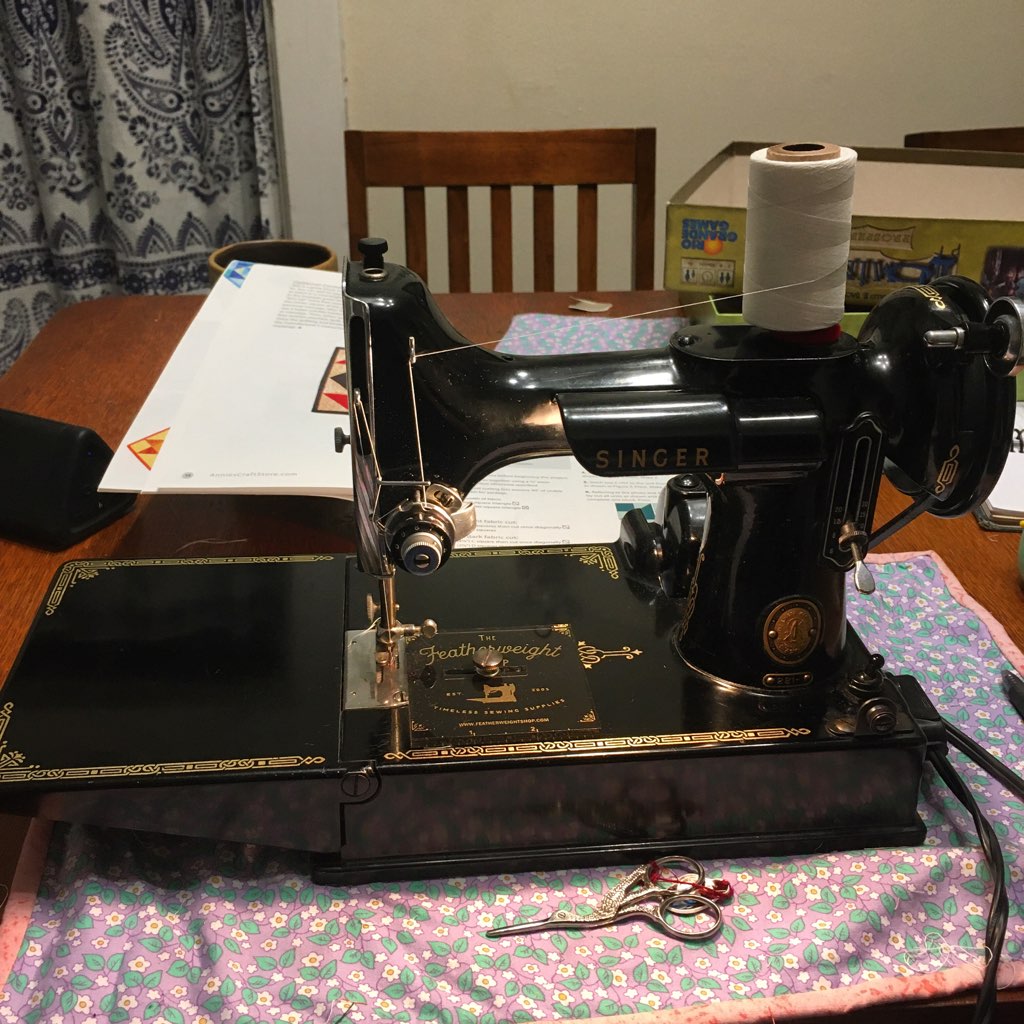
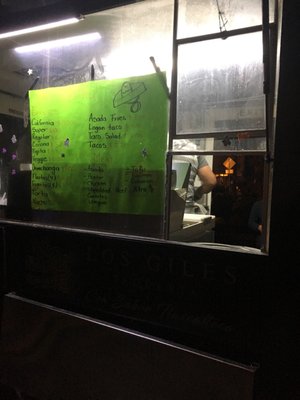
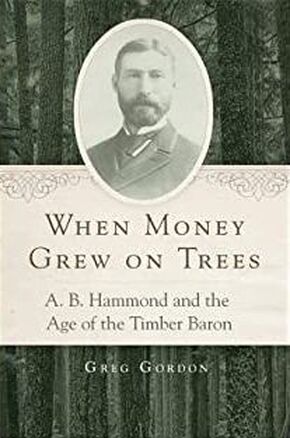
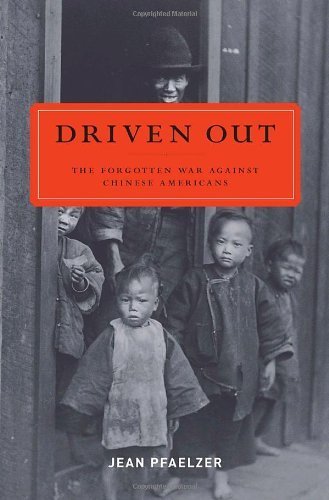

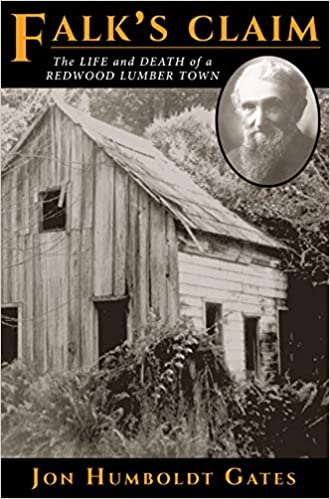
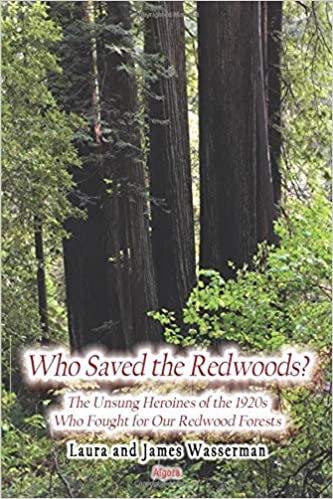
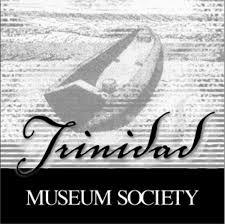
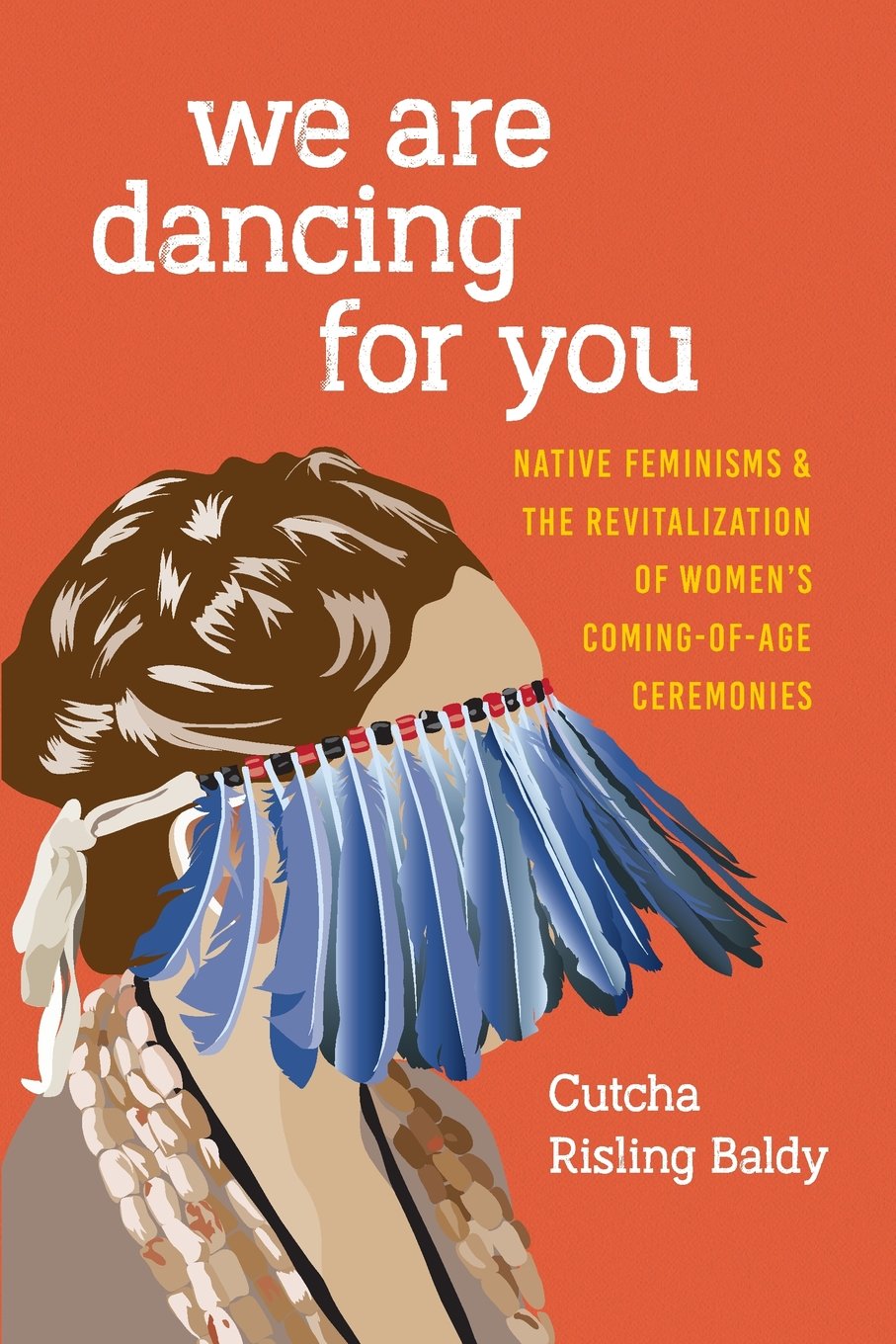
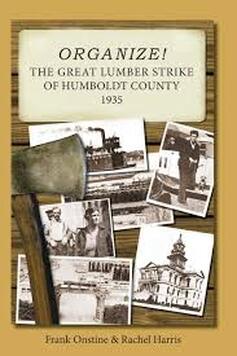
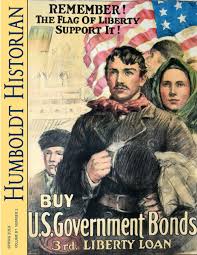
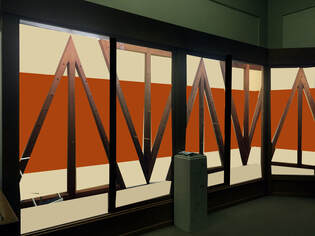
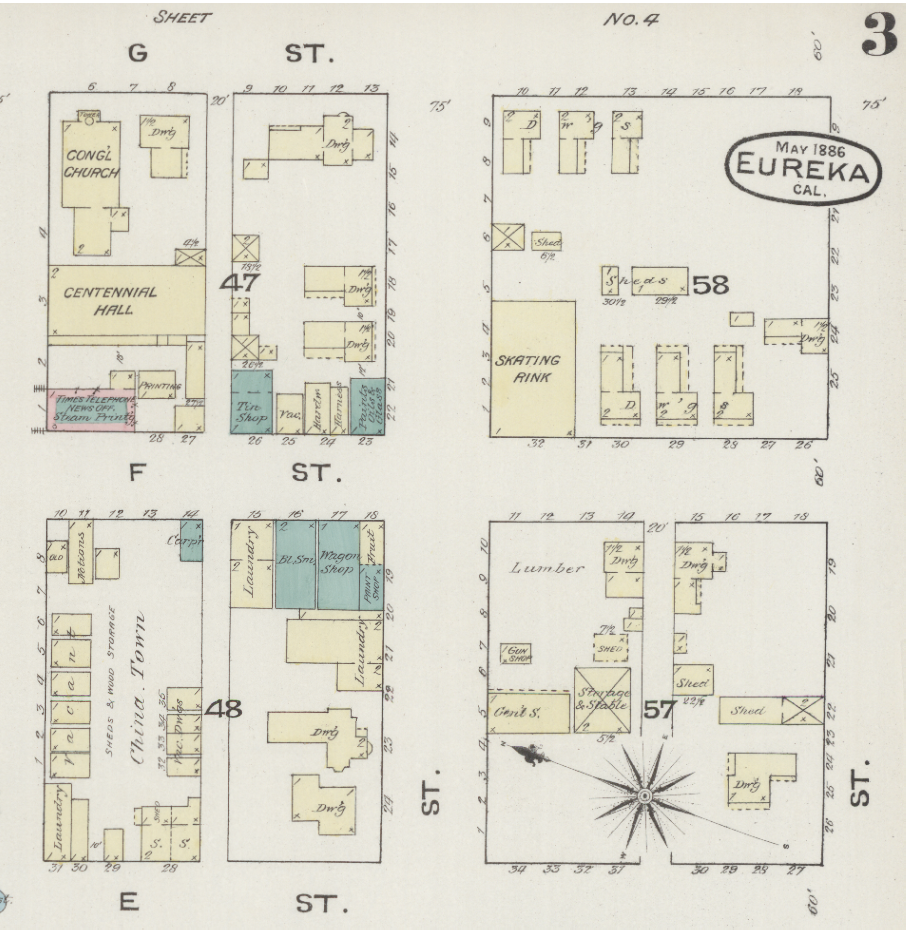
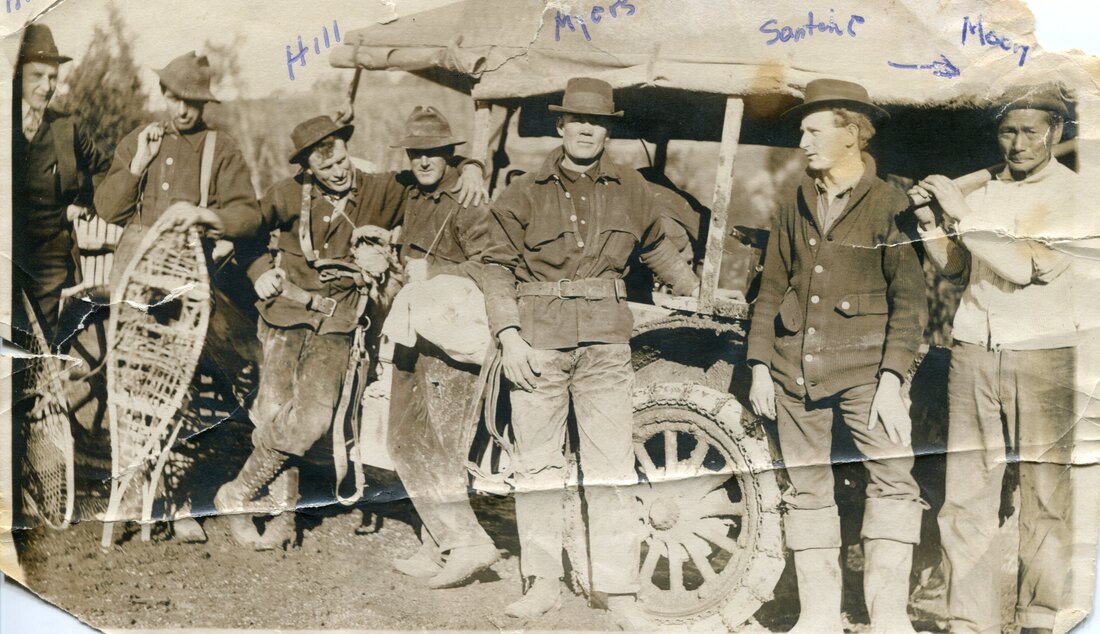
 RSS Feed
RSS Feed